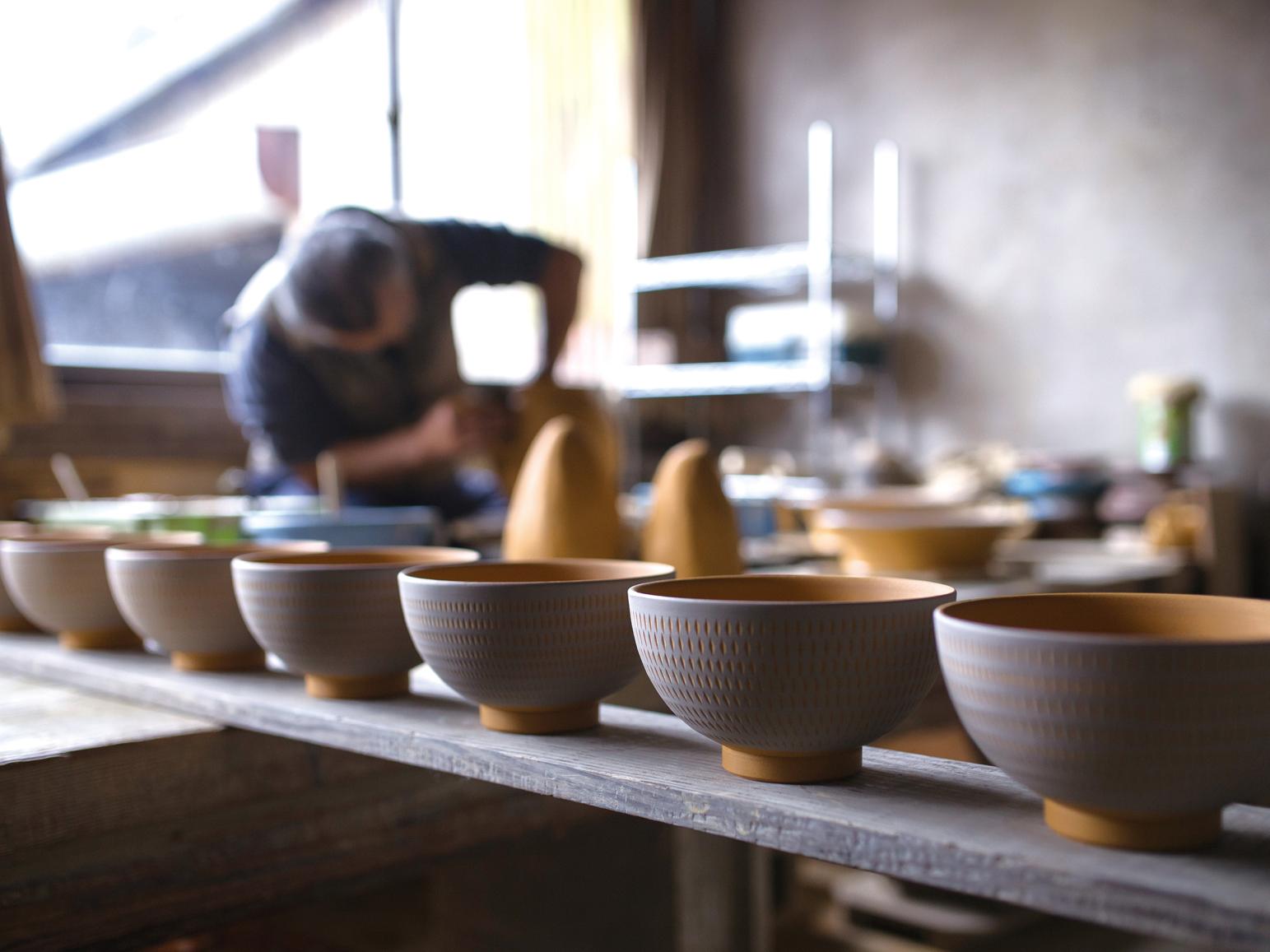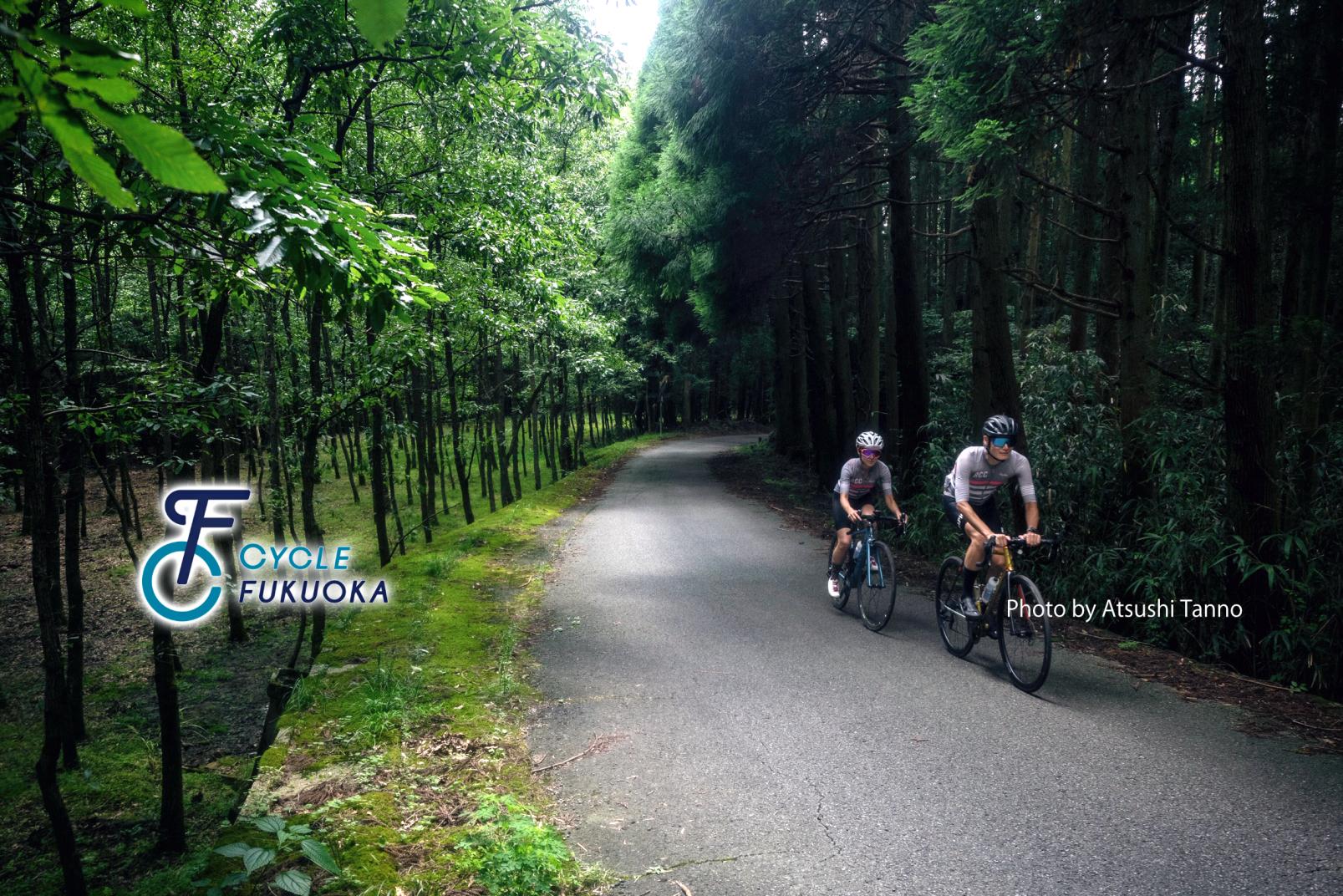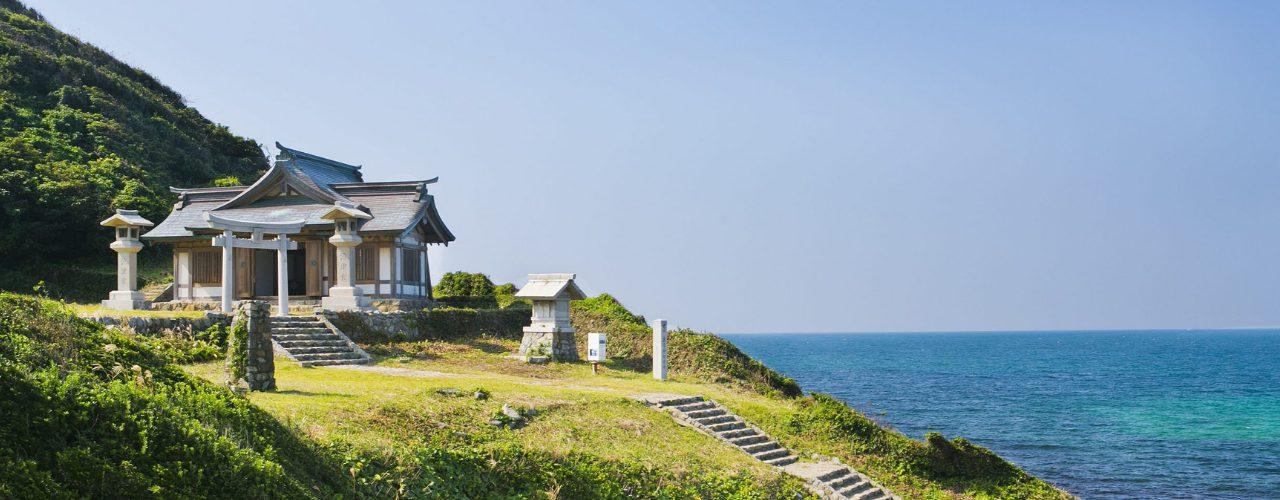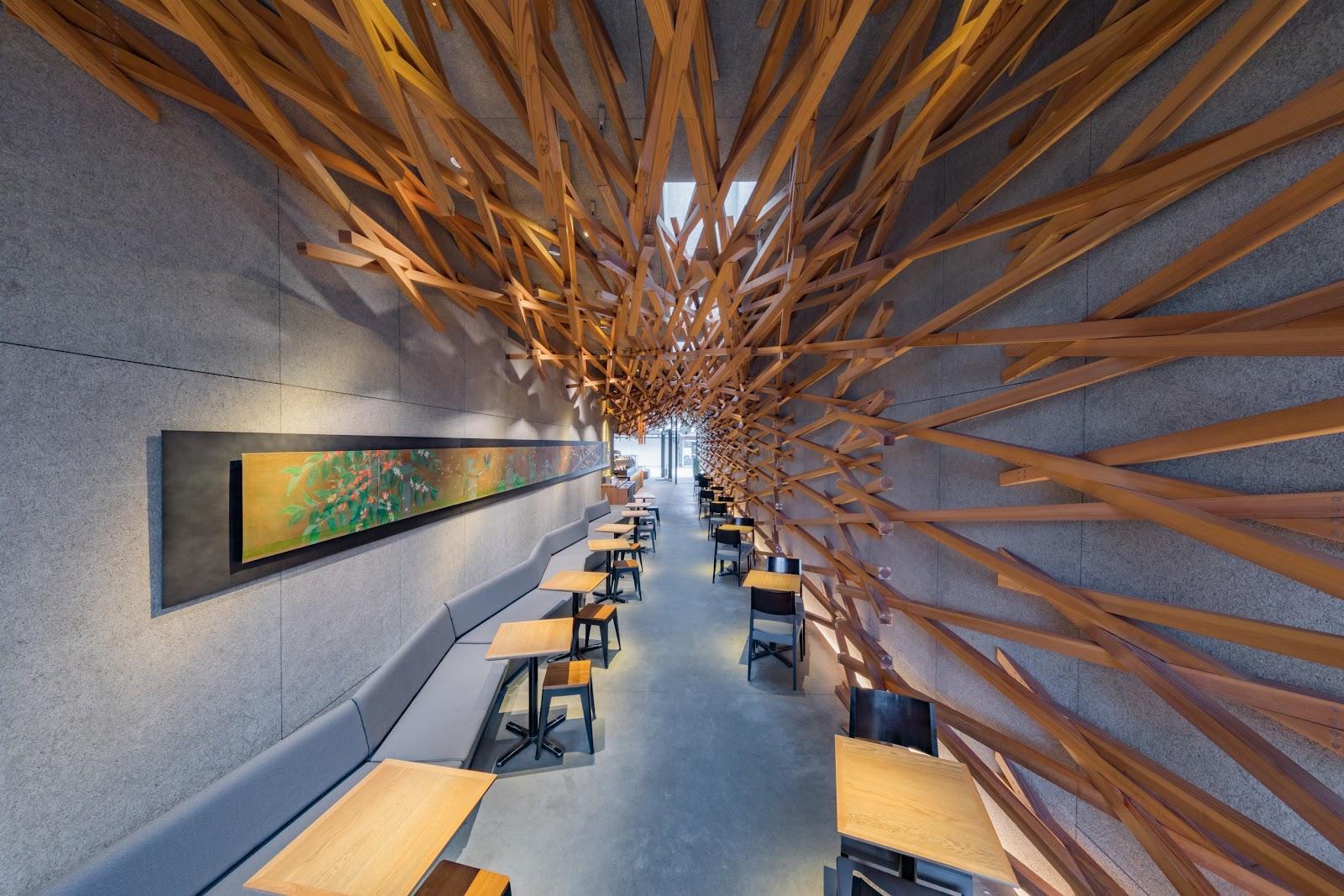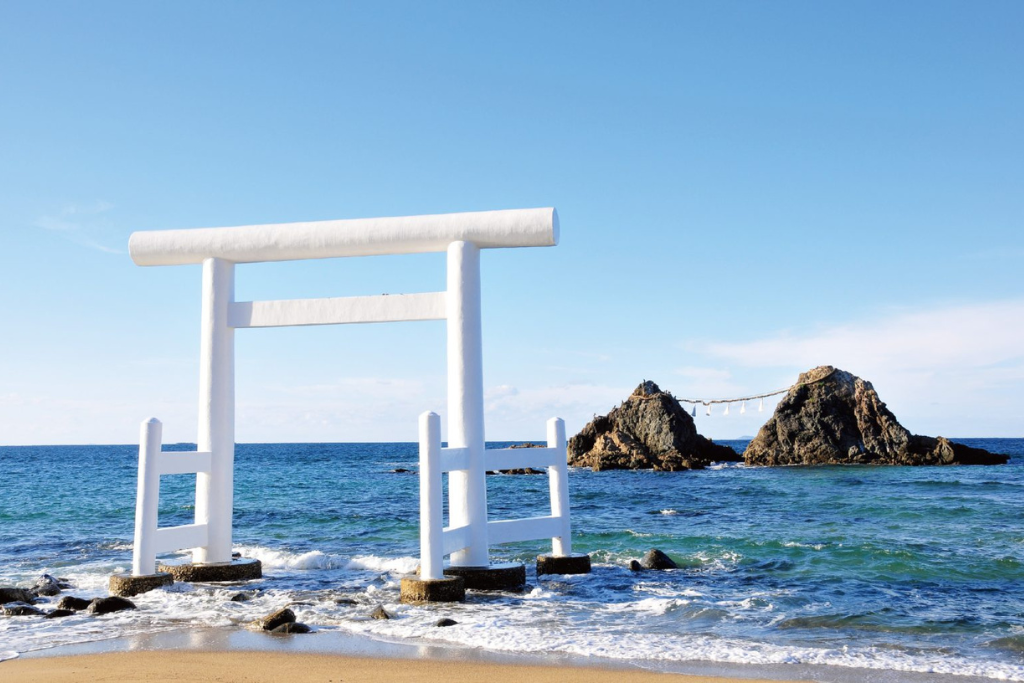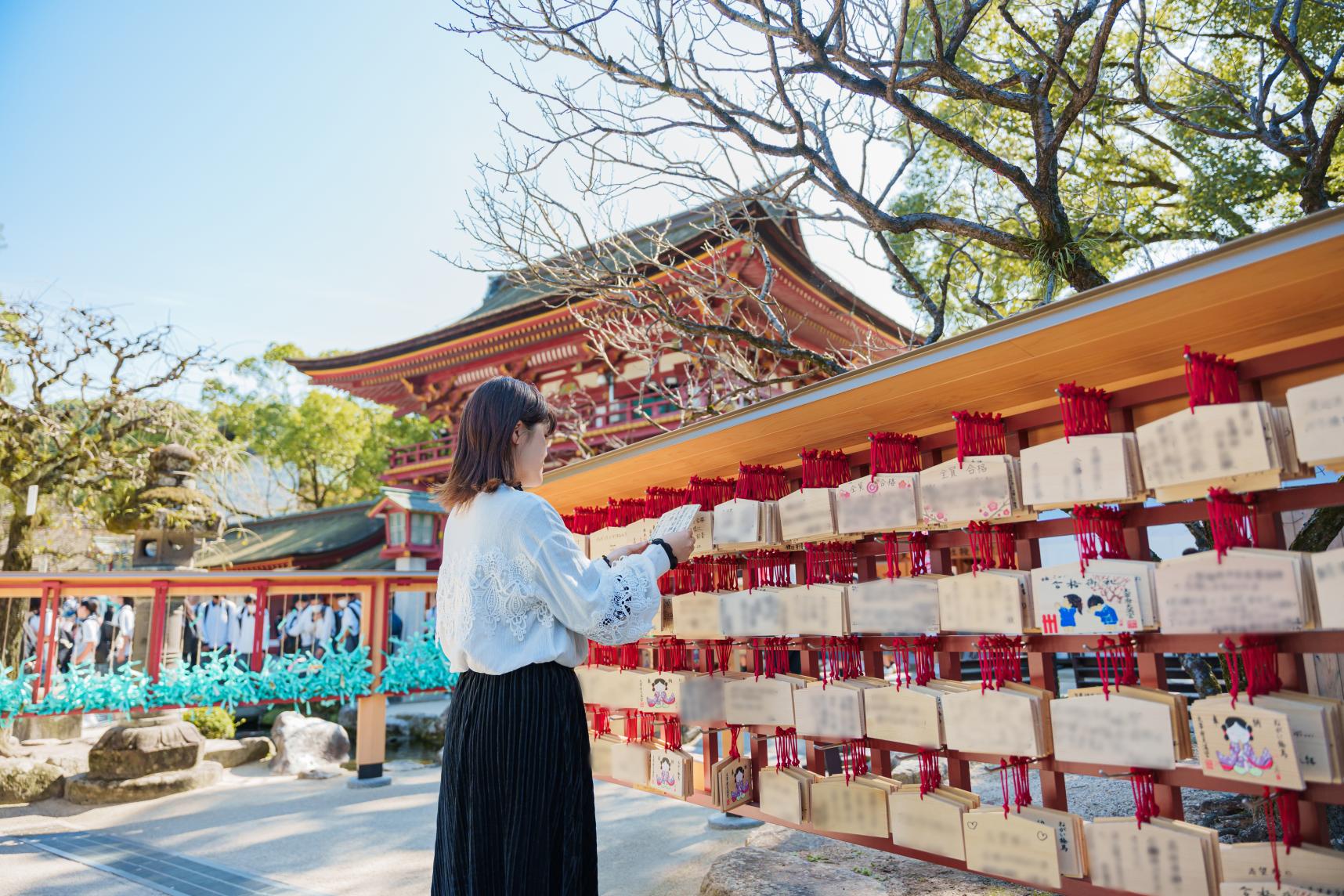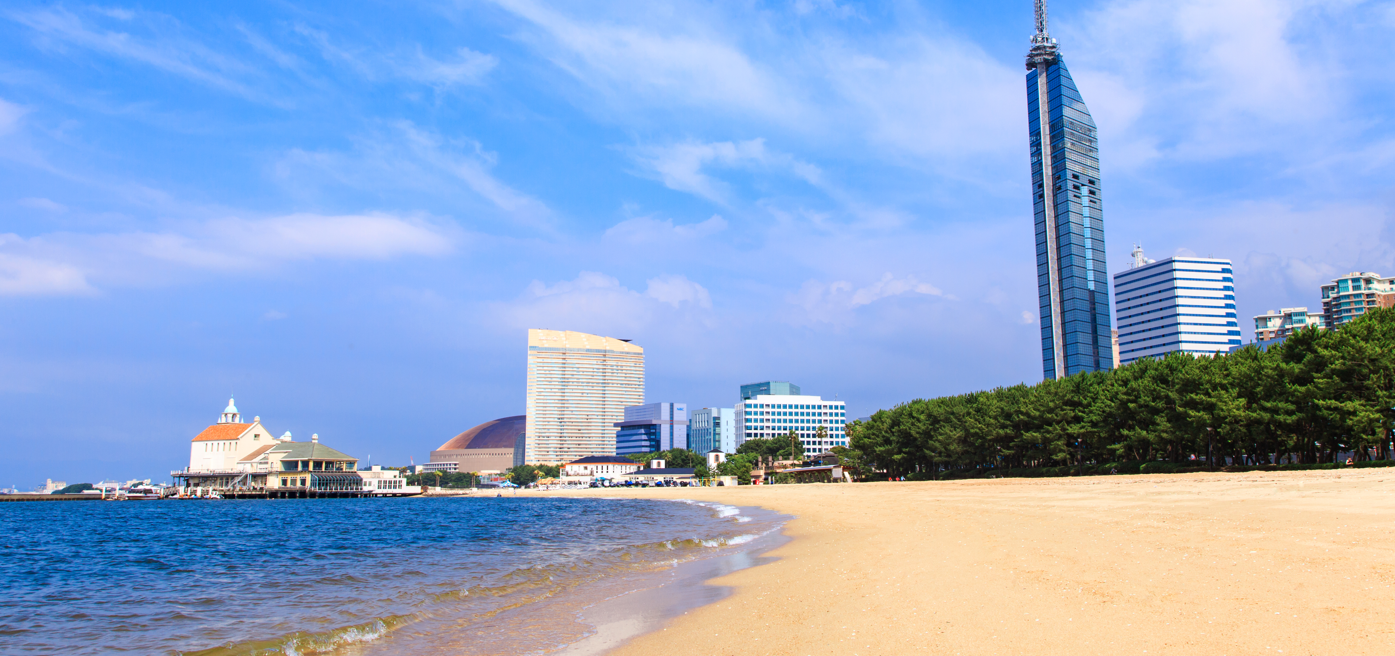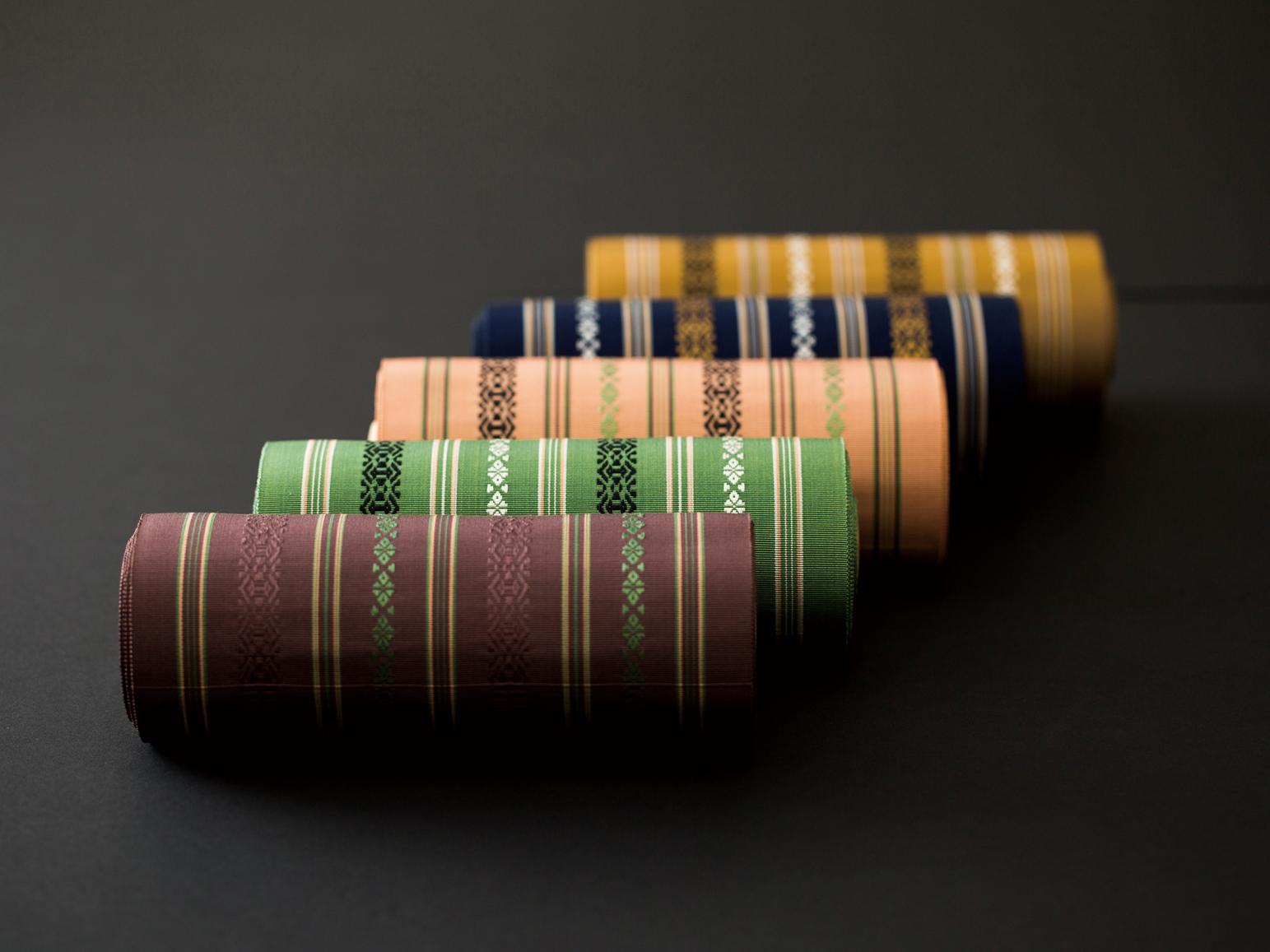
Hakataori
The traditional pattern of this high-quality textile that was even presented
to the shogun is now a symbol of Hakata.
Hakataori cloth has a history of more than 780 years. It is said that its roots are from the Hakata merchants who brought the technique back with them from Song Dynasty China. The characteristic thick, tightly woven cloth is made by driving strong weft threads into many warp threads and has continued to be loved as the cloth used in obi sashes for kimono and yukata (cotton summer kimono) since long ago. In 1600, this special fabric was chosen by the first lord of the Chikuzen Fukuoka clan as an offering to the shogun. Because of this history, even now, the traditional pattern of Hakataori cloth is called "Kenjo-gara," meaning "offering pattern," and, as a symbolic pattern of the Hakata area, you can see it used in various places around town.
The potential of traditional crafts found in Hakataori cloth,which continues to evolve while valuing tradition
Among all the cloth produced in various regions of Japan, Hakataori cloth obi sashes are an especially prized treasure. One reason is that once tightened, it won't loosen so as an obi, it is very functional. There is also the history that when a kabuki actor stood on the stage wearing a Hakataori obi in 1815, they became instantly popular in Edo (present-day Tokyo). As western clothing spread with the trends of the times and the opportunity to wear kimonos decreased, craftspeople began exploring the new possibilities of the Hakataori which had once been so indispensable to the lifestyle of Japanese people. This was the development of new products which coordinated with western clothes. Now many items such as neckties, wallets, pouches, and business card cases, have been created and express elegance and a sense unique to Hakataori. Craftspeople put their hearts into weaving this high quality textile from thousands of warp and weft threads. Why not try incorporating it into your life?
-
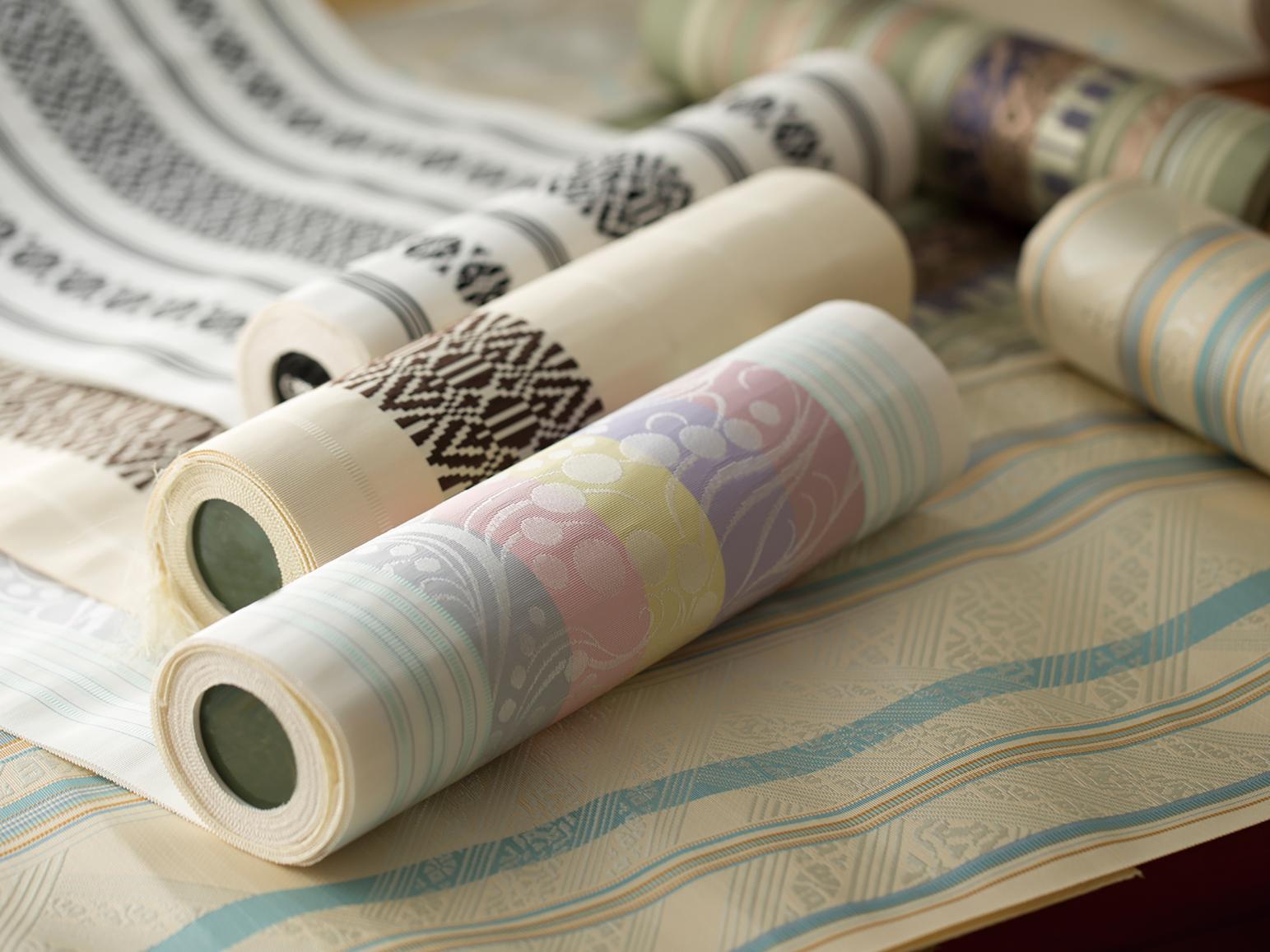
Traditional Hakataori conveys a pattern with the warp threads. Currently there are various patterns besides the Kenjo patterns based on buddhist teachings and flower bowls.
-
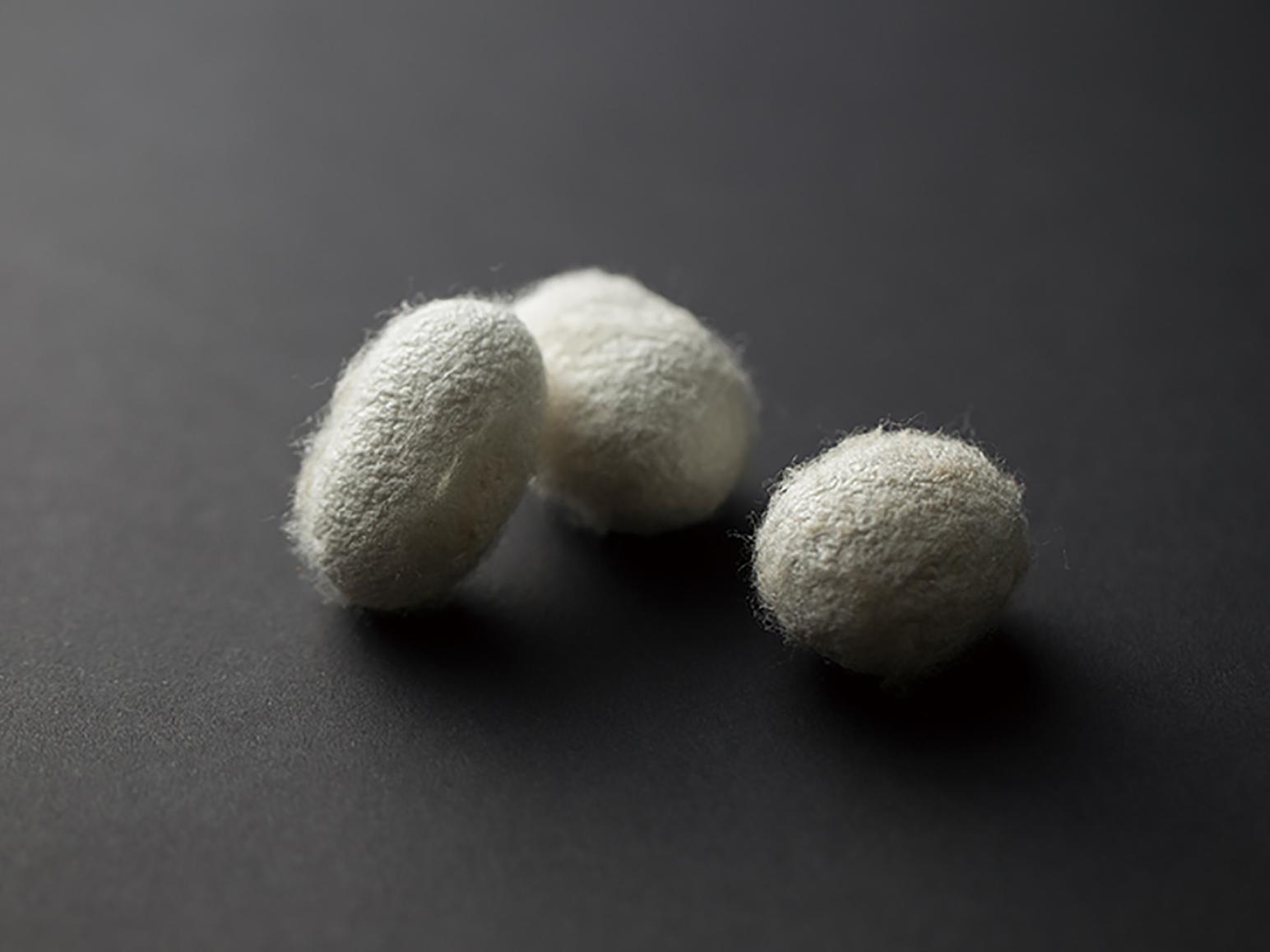
The typical raw material is silk thread taken from the silk worm cocoons. Pre-dyed warp threads are woven with the weft, thick fibers made of many fine threads.
Hakataori was born and developed in Hakata, which has prospered as the entrance way to the island of Kyushu. You can see Hakataori pattern (kenjo-gara) as a motif in tile art and other symbol marks at JR Hakata Station and other places around the city.
Now as long ago, the main use for Hakataori is undoubtably obi sashes for kimono. Because the silk threads are carefully and sturdily woven together, the cloth has a tension that is easy to tighten and its major characteristic is that once tied, it won't loosen easily.
Even now craftspeople specialize in the old fashioned hand weaving. In general, the fabric is completed by weaving the weft in the warp aligned in the weaving machine.
These days, machine weaving is mainstream, but it cannot be completely automated. A worker with expert technical skill and knowledge is always near the machine to check thread breakage and pattern. Even as the mechanical technology develops with the age, the handwork of the craftsperson will always be necessary.
-
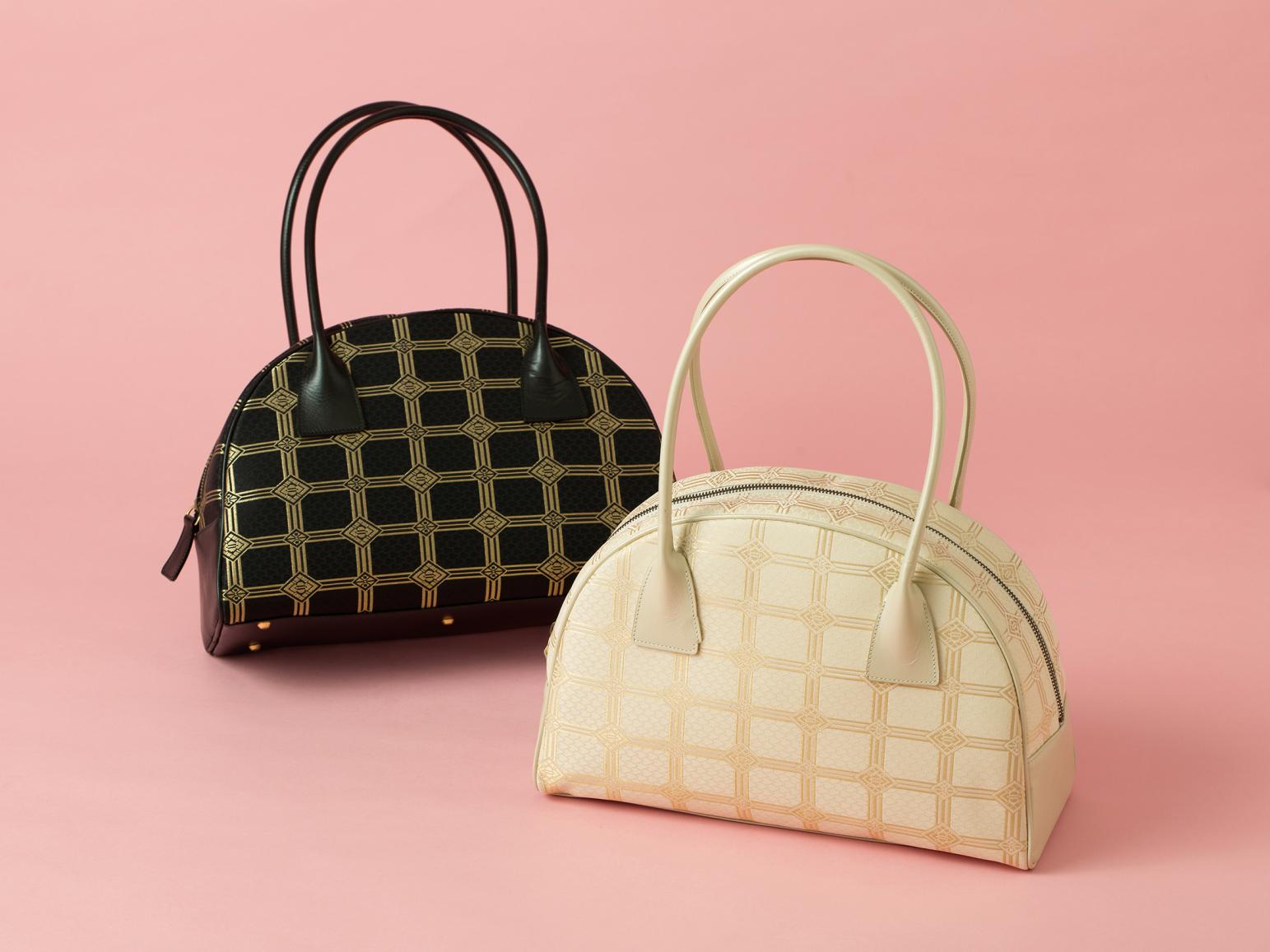
A chic, refined Boston bag in black and white with gold thread. Also features a rounded form
-
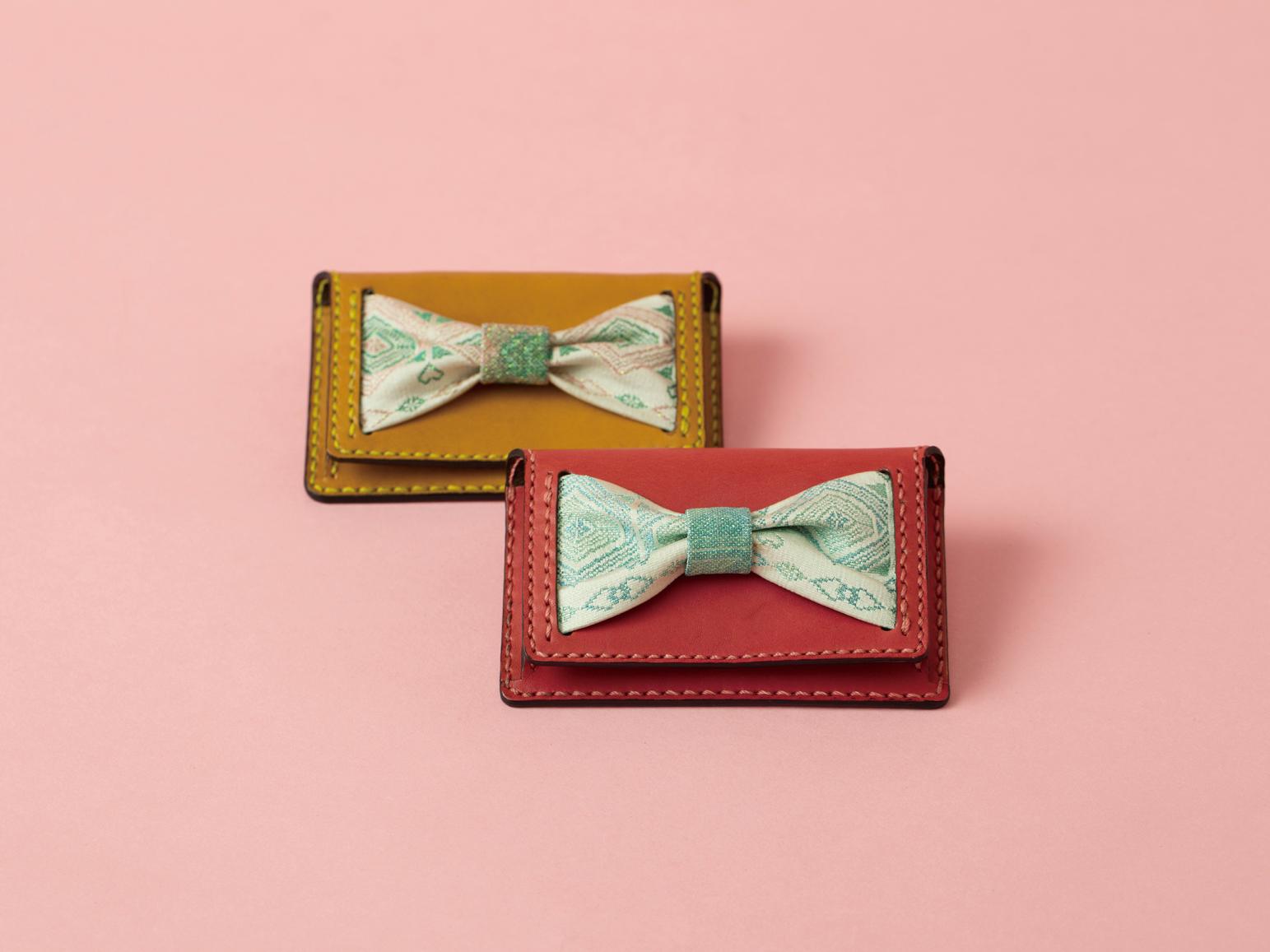
An innovative business card case made by combining Hakataori and leather. The Hakataori pattern catches the eye as it seems to float to the surface
-
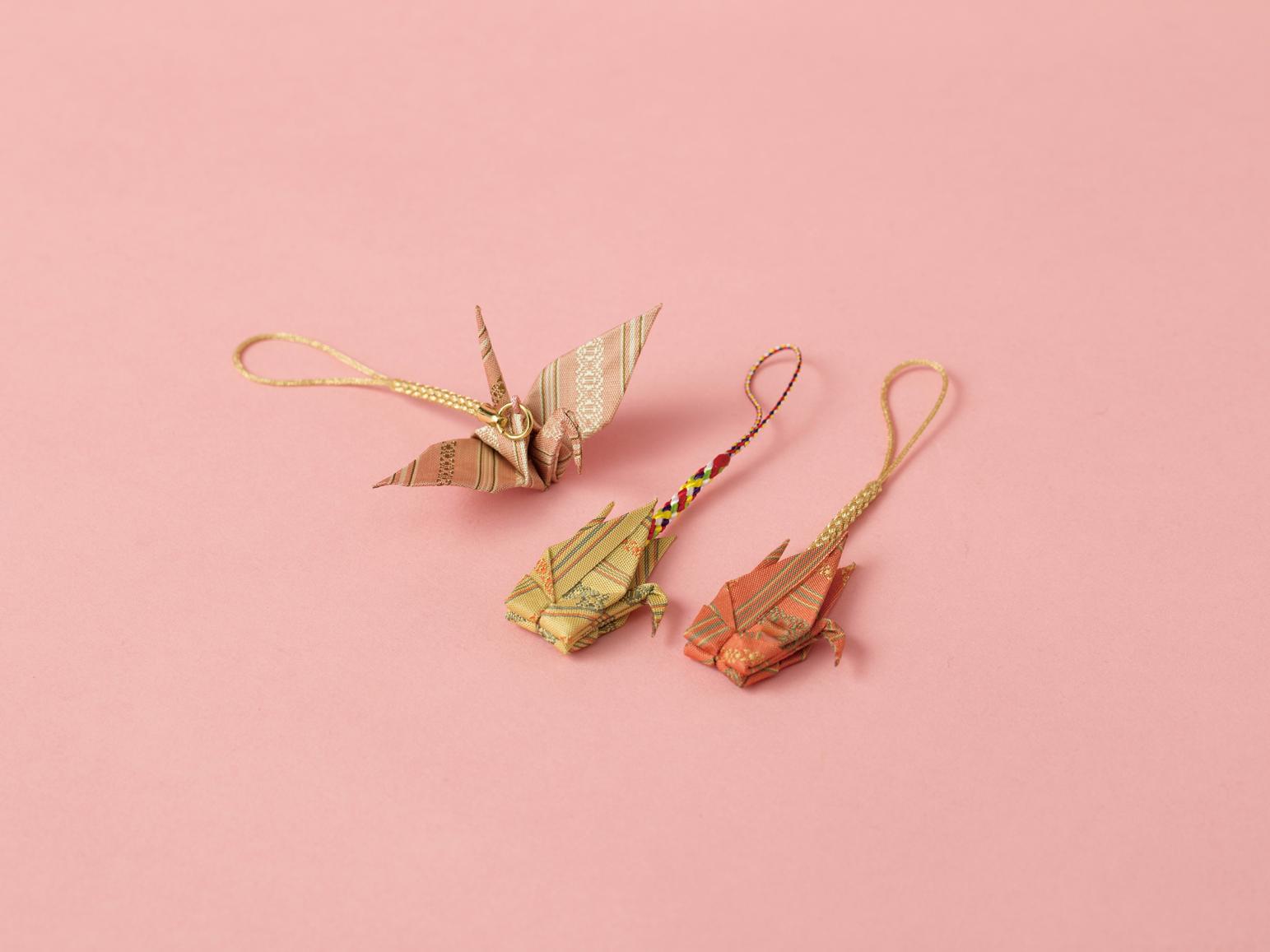
A strap with a crane folded from Hakataori. A very Japanese item which fuses origami with Hakataori
-
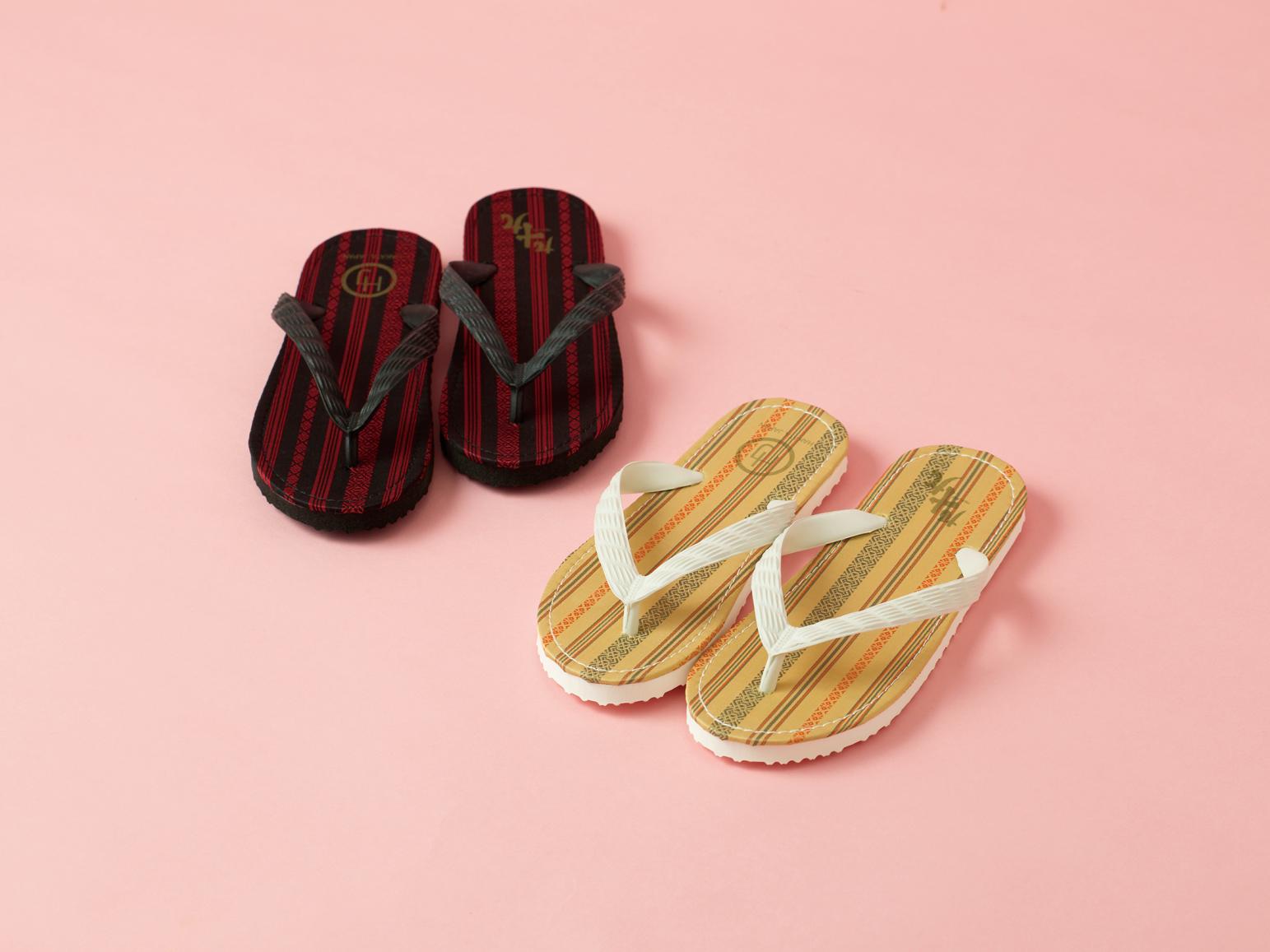
Beach sandals lined with Hakataori. A collaboration with a log established sandal making company from Kobe
-
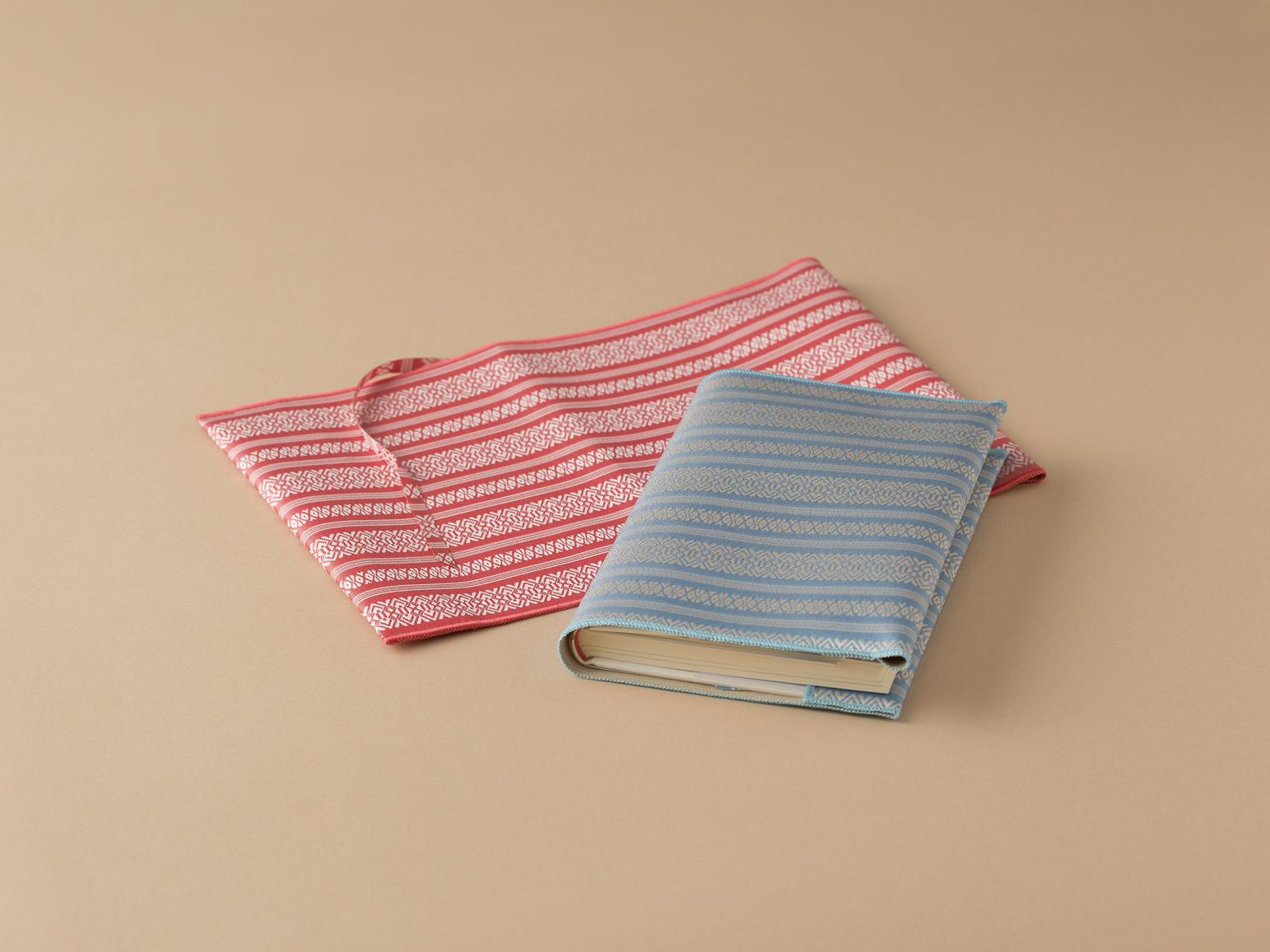
Book covers convey the delicacy of Hakataori pattern. Rich color variation with red, blue and black.
-
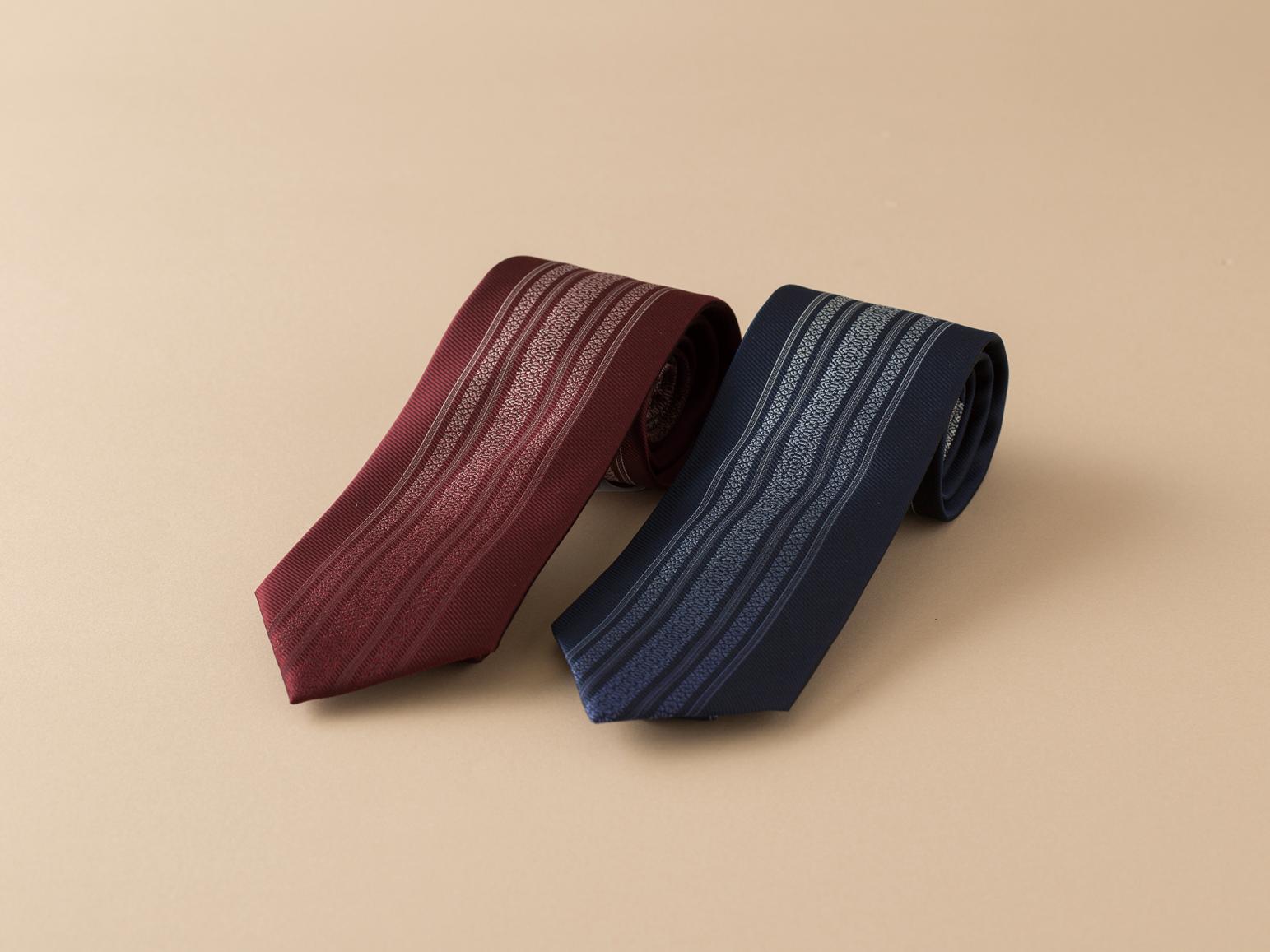
Elegant and fashionable design Kenjo-gara necktie. Charles Lindbergh was presented with a Hakataori necktie when he came to Fukuoka in his plane in 1928.
-
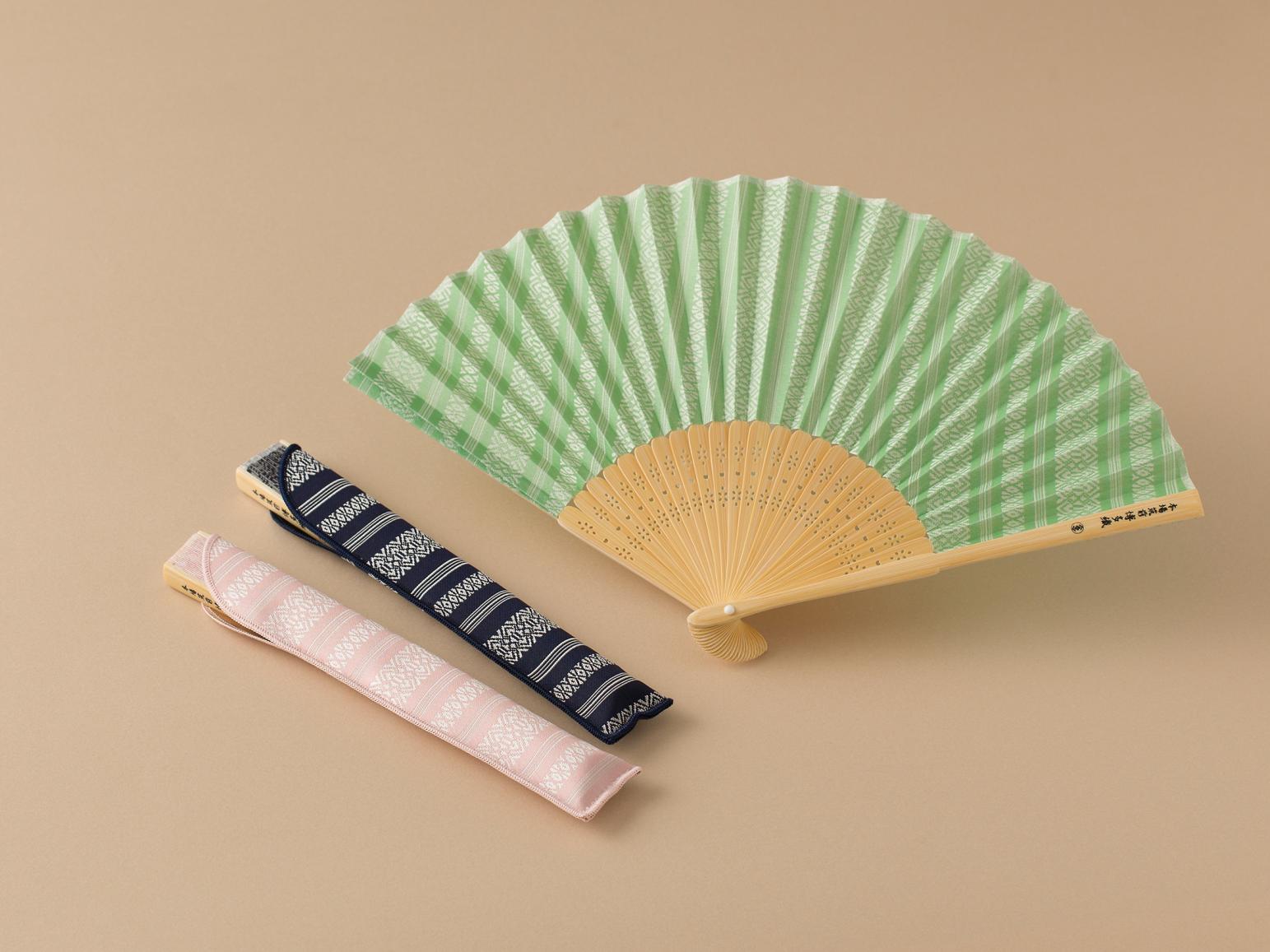
Folding fan using Hakataori for its face. Using the thicker fabric, it is attractive and sturdier than paper
-
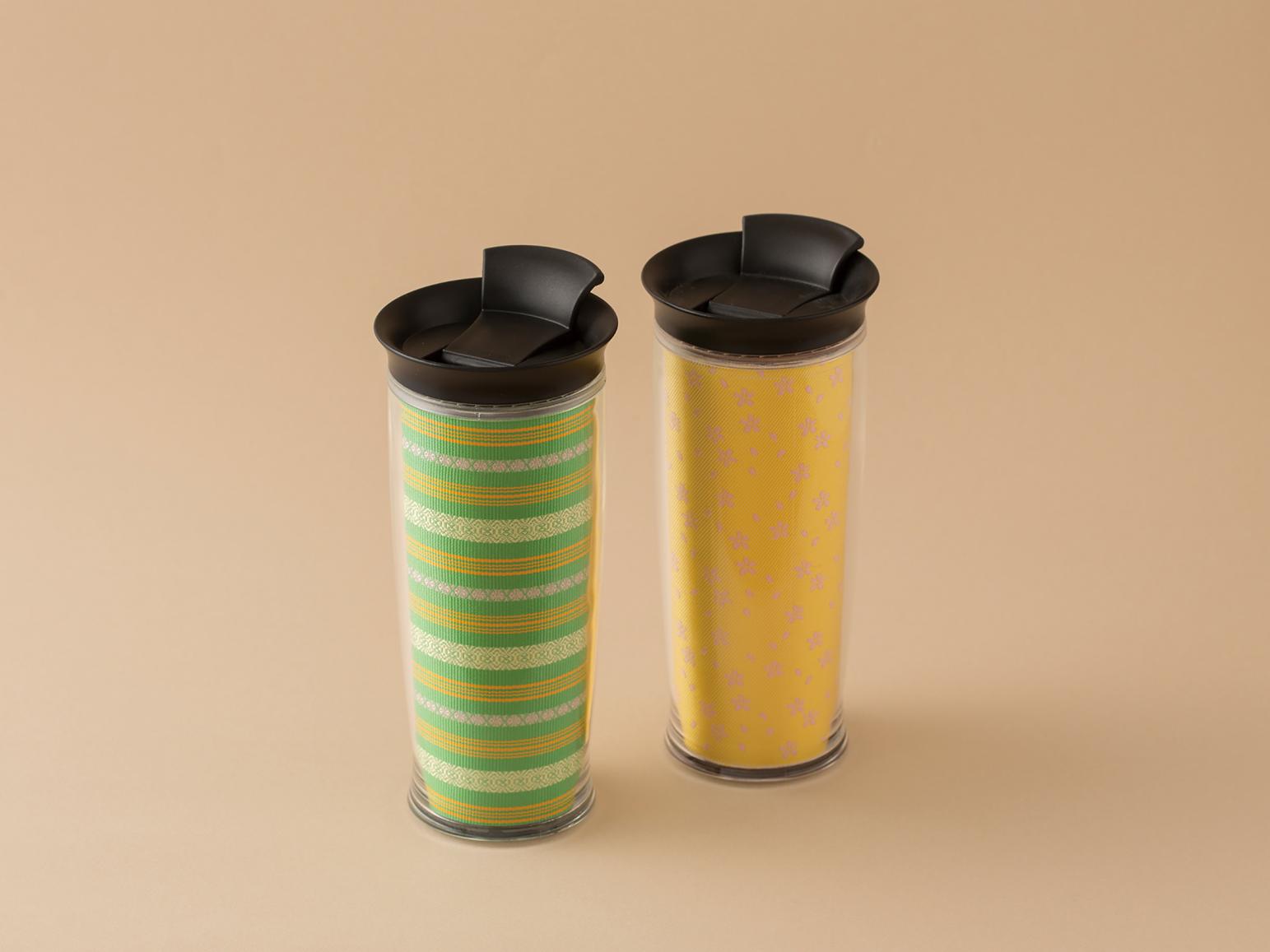
These tumblers take on a Japanese aura by simply incorporating Hakataori. You can add Hakataori to your daily routine
Hakataori Industrial Union
Naraya Machi 5-10,Hakata-ku,Fukuoka-shi Fukuoka Prefecture 〒812-0023
TEL:092-409-5162
HP: https://hakataori.or.jp/
Contents
01 Hakataori
02 Hakata Ningyo
03 Aganoyaki
04 Koishiwarayaki
05 Kurume Kasuri
06 Yame Chochin
07 Yame Fukushima Butsudan


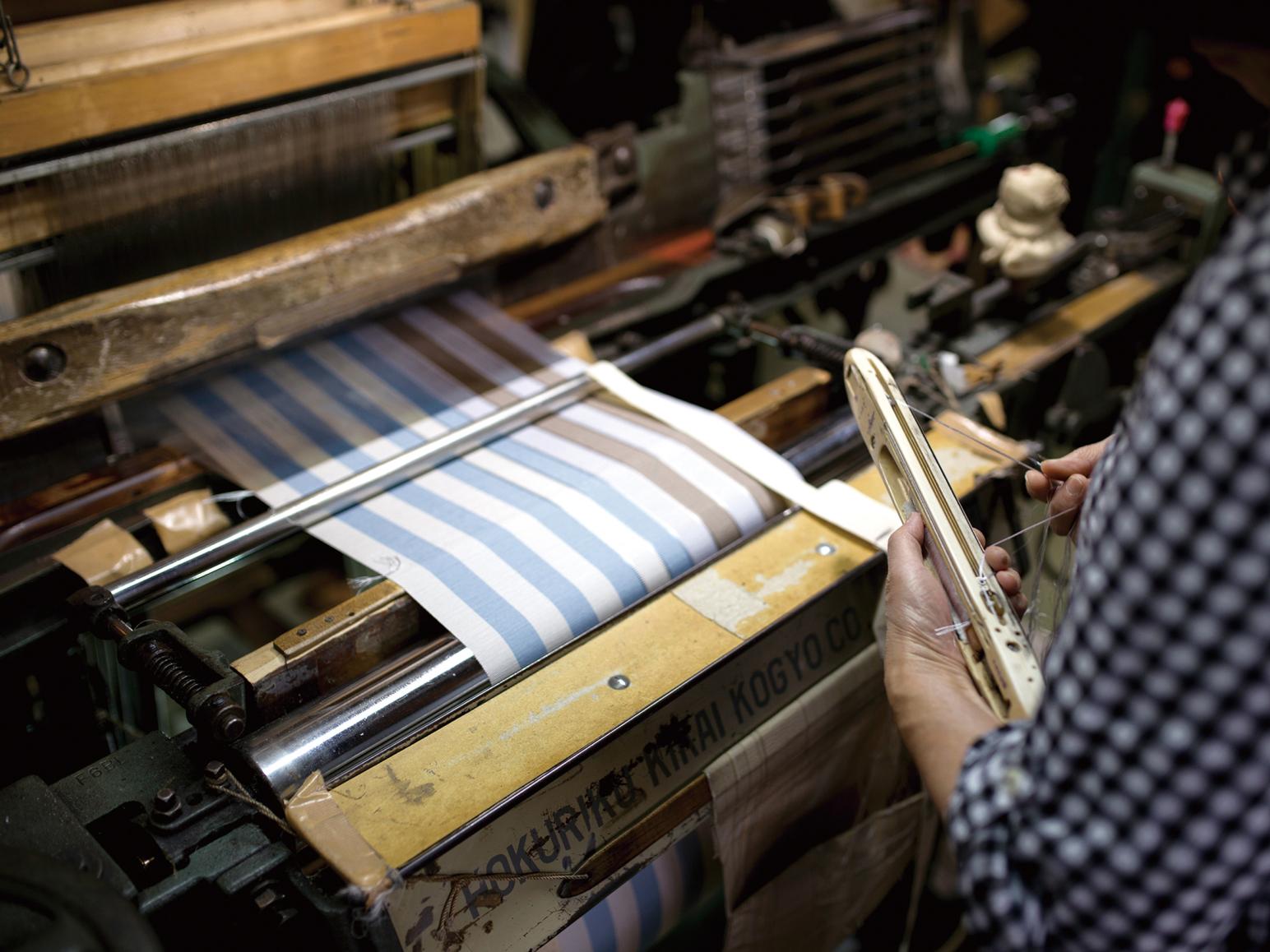
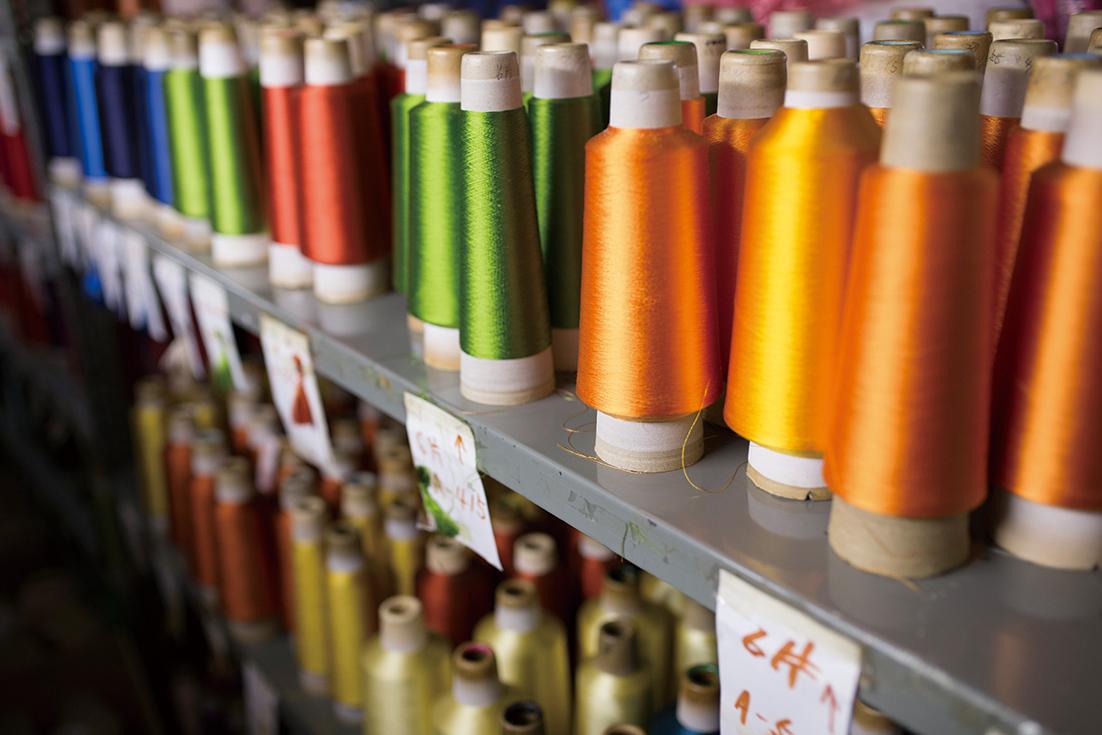
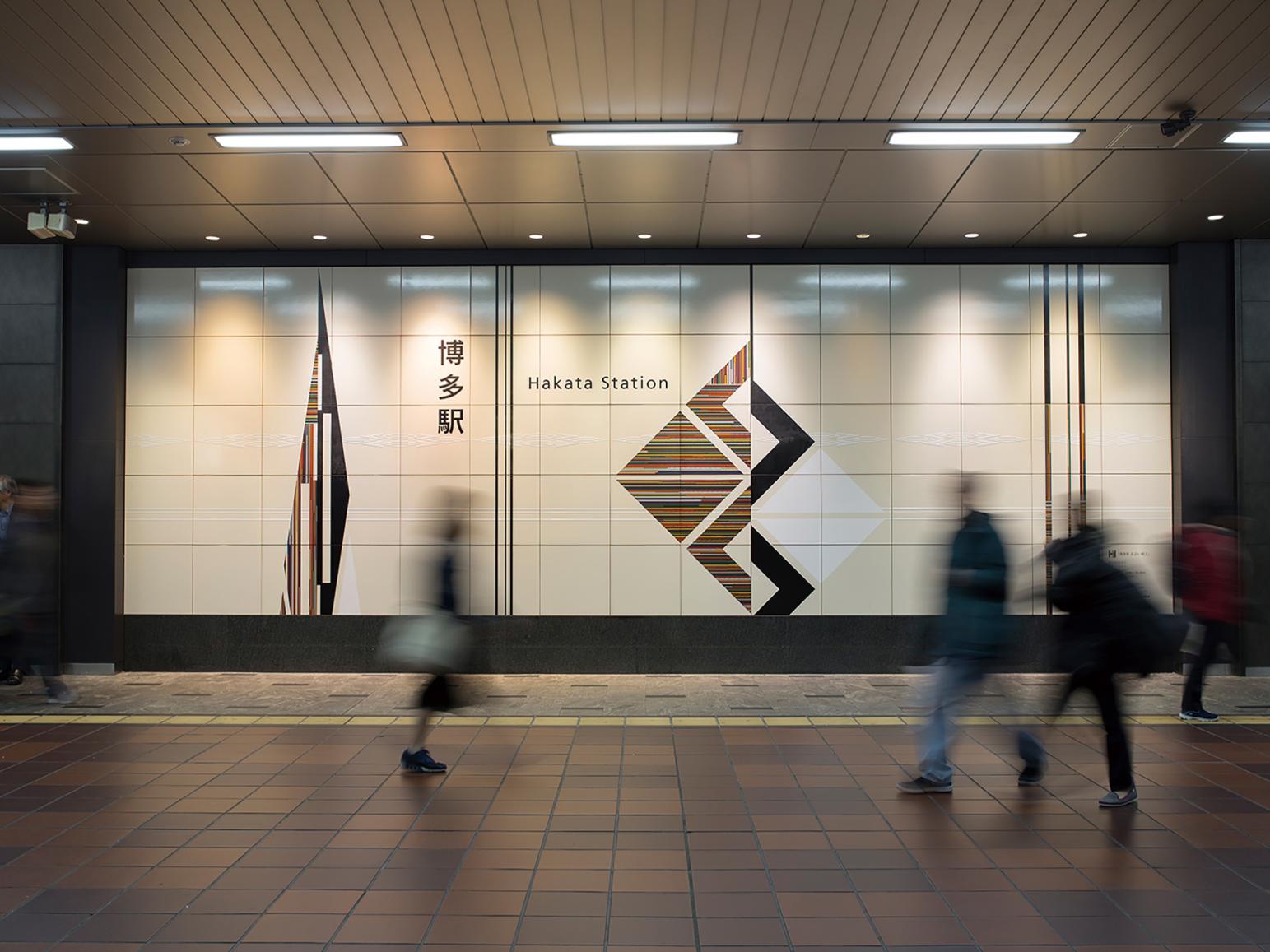
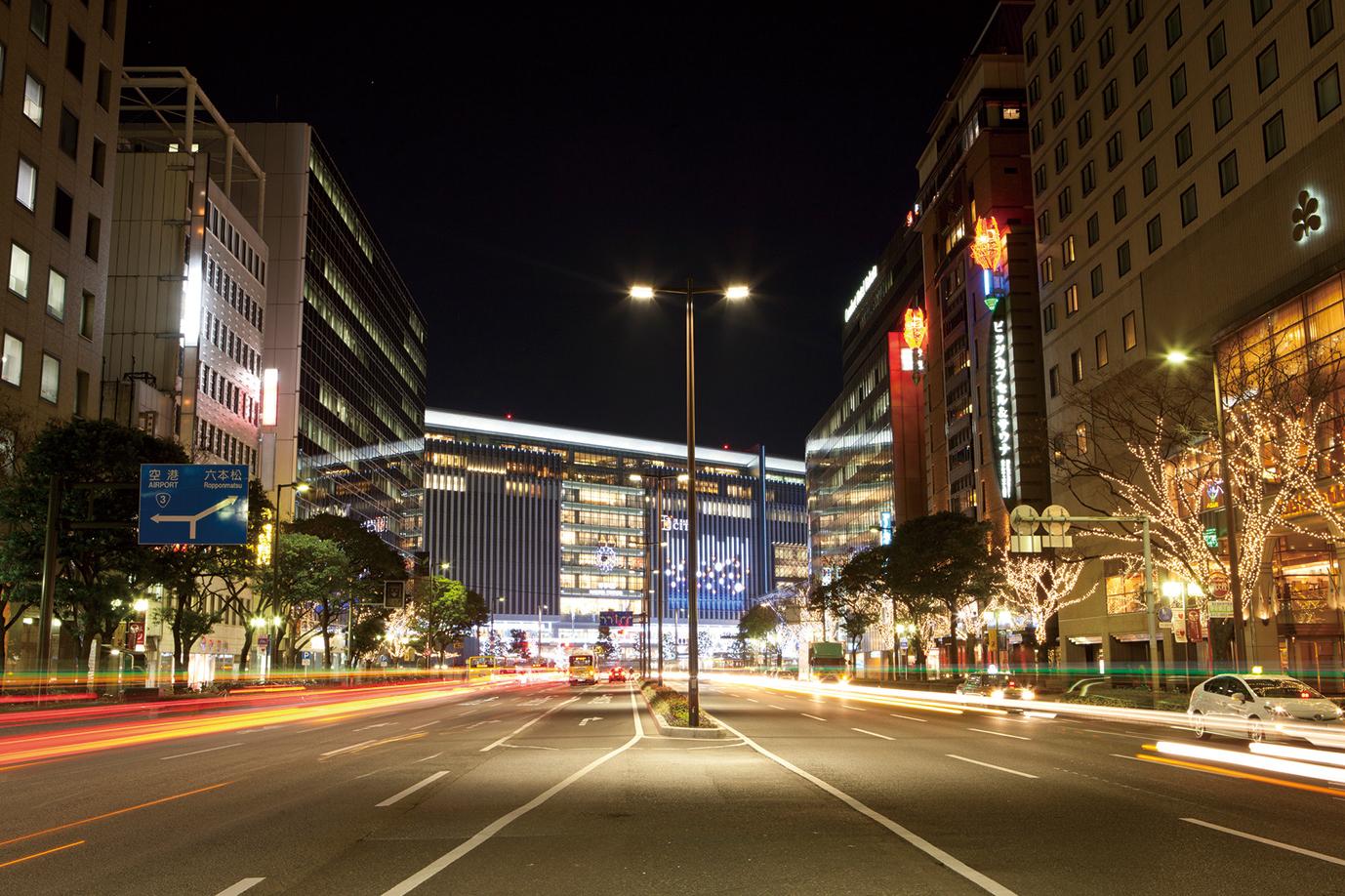
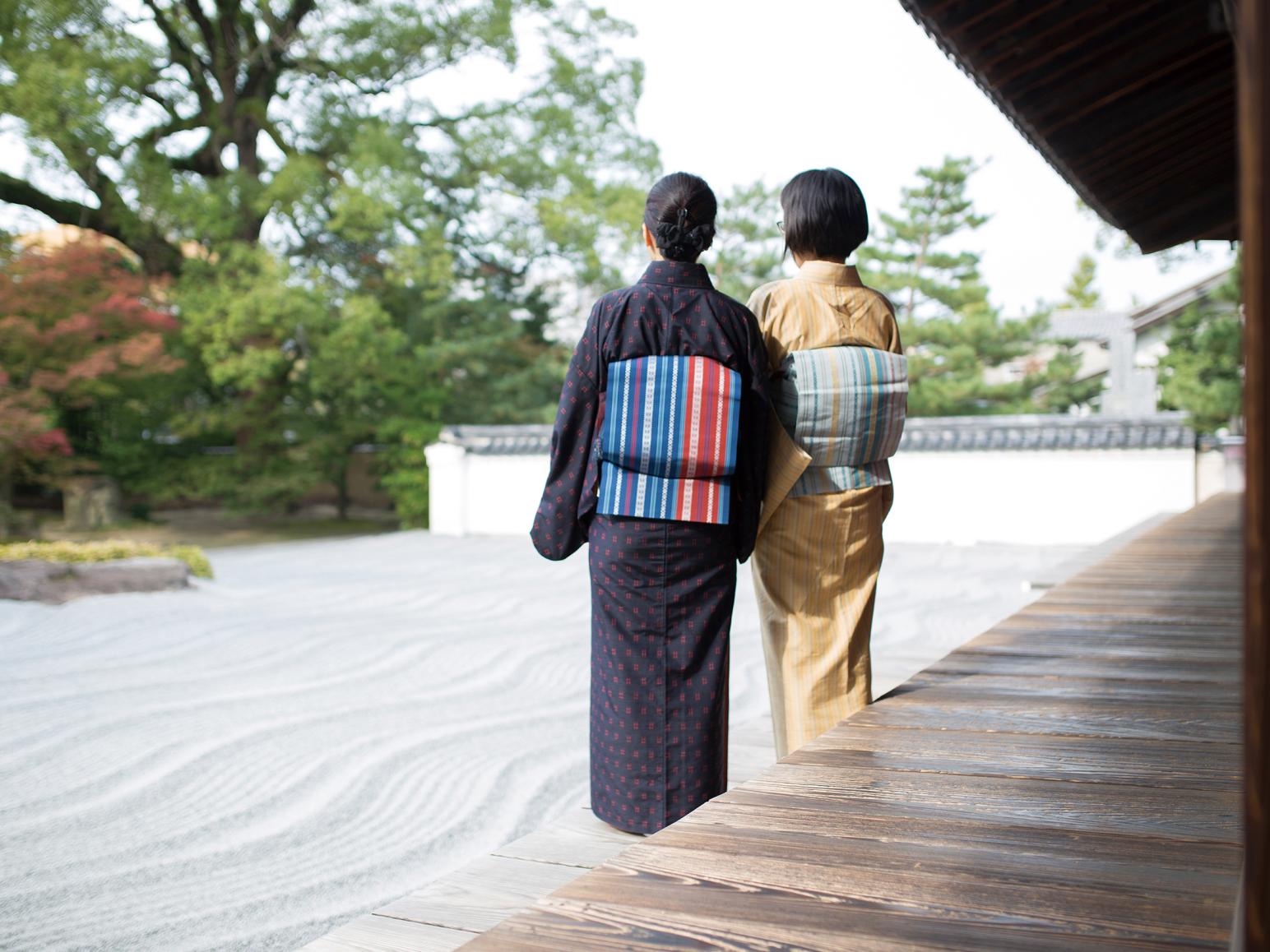
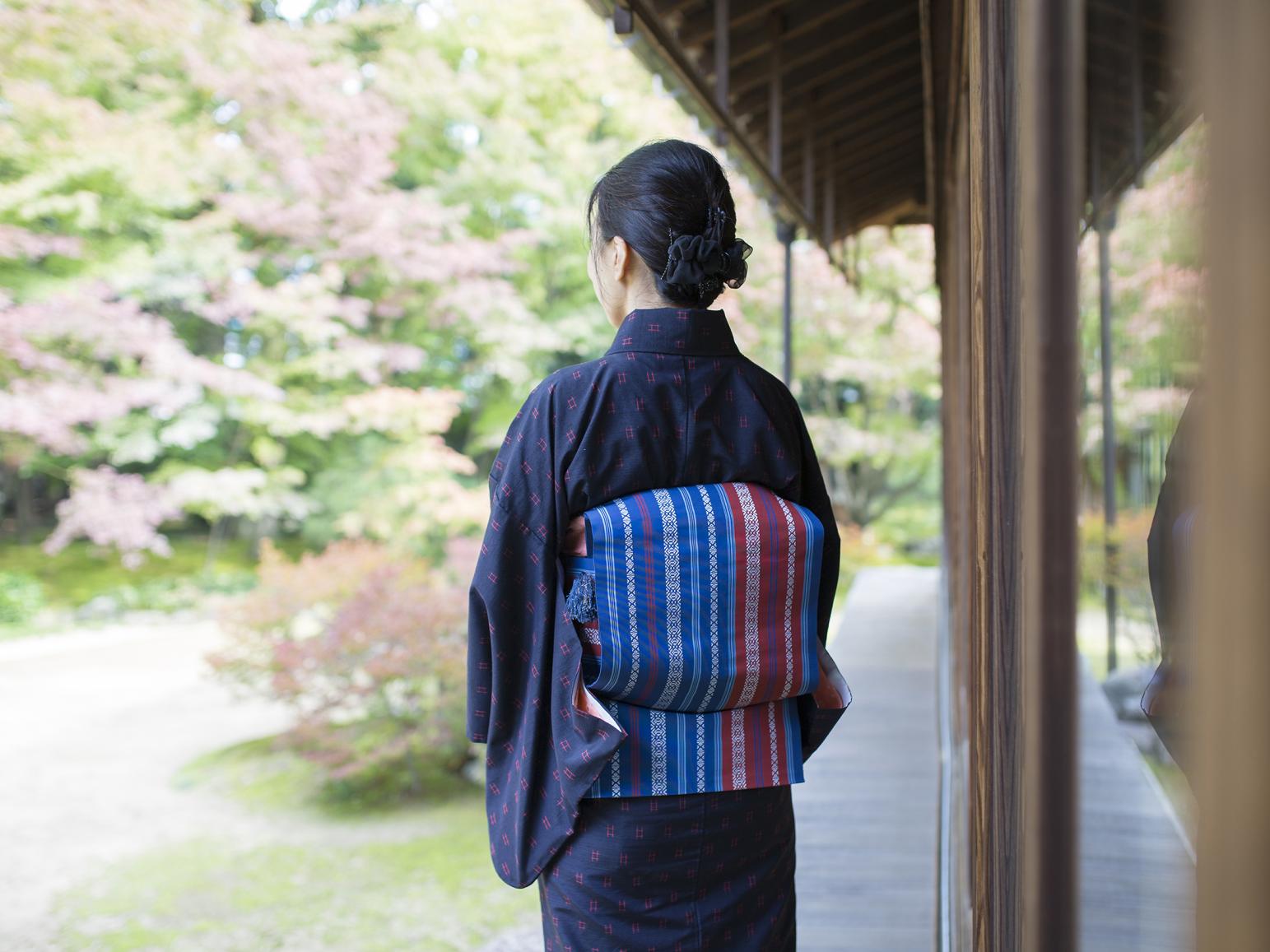
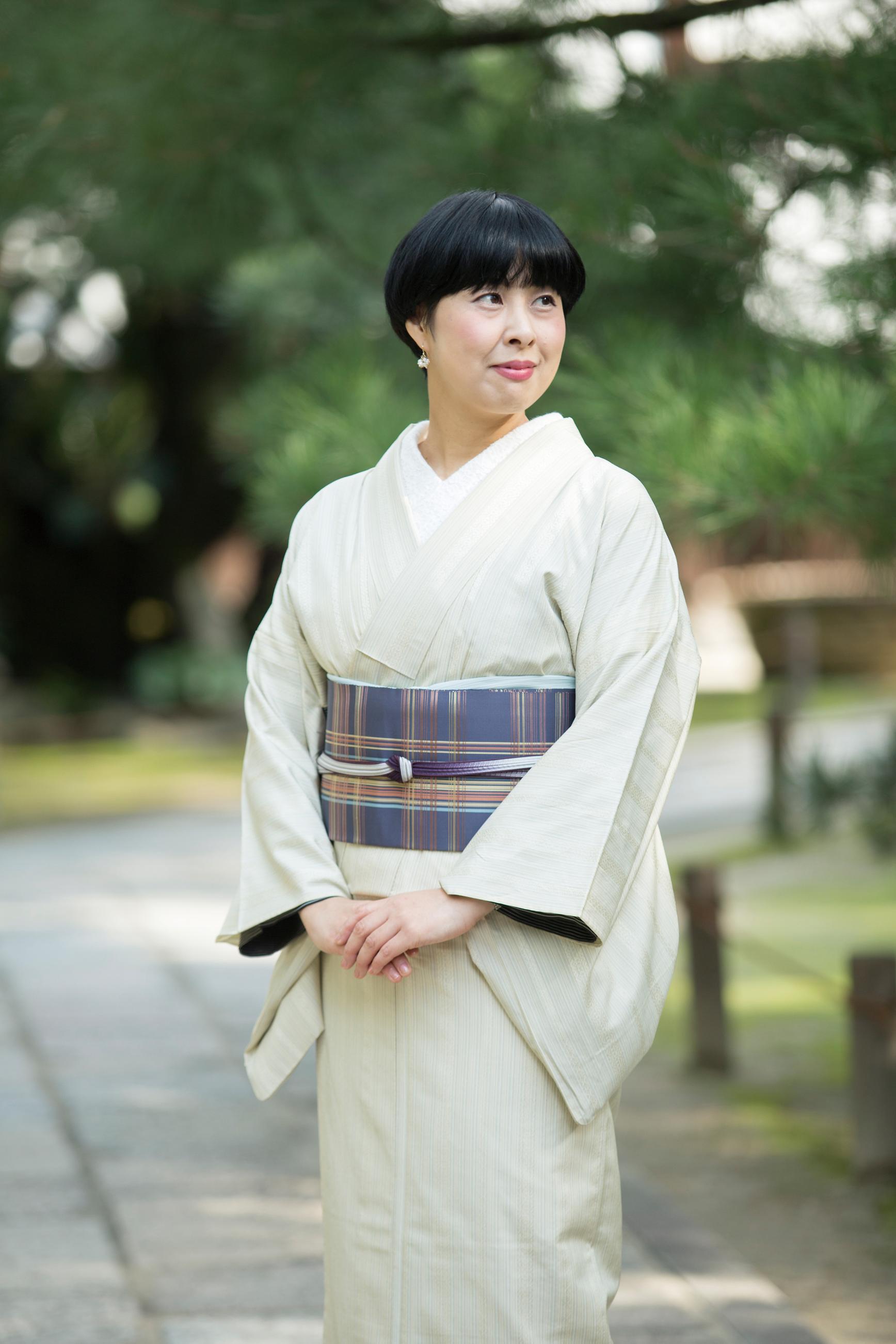
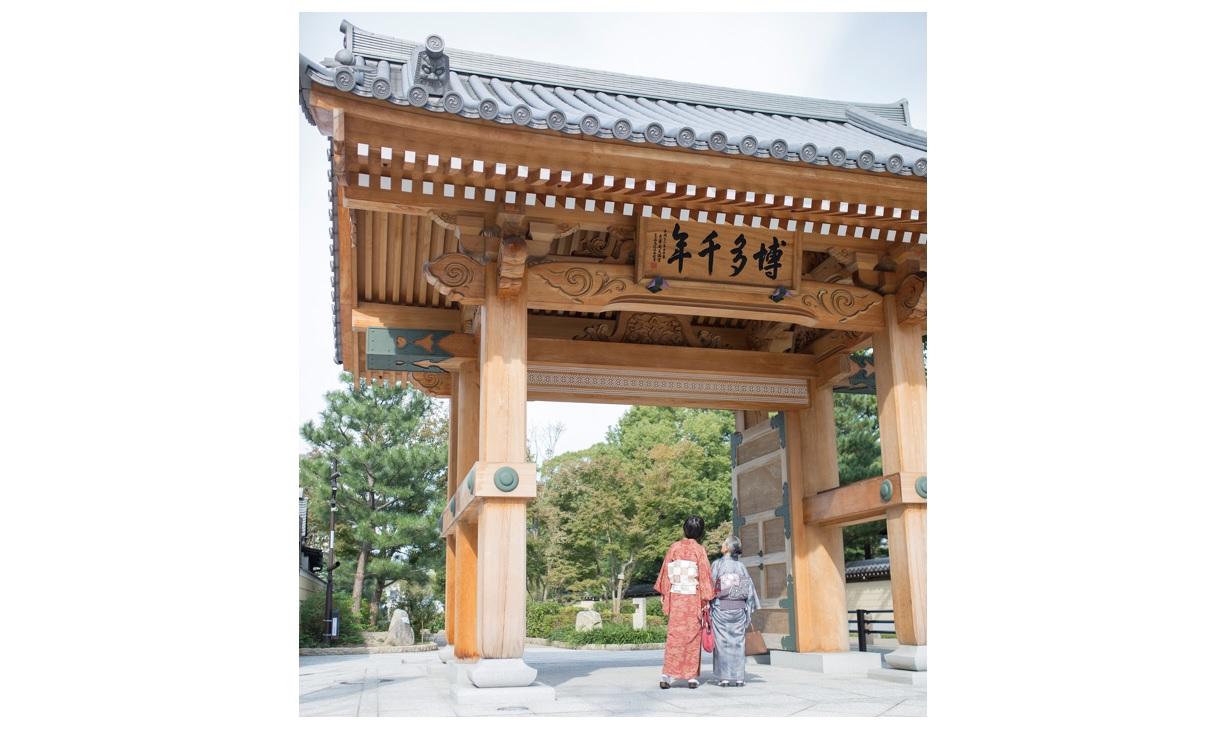
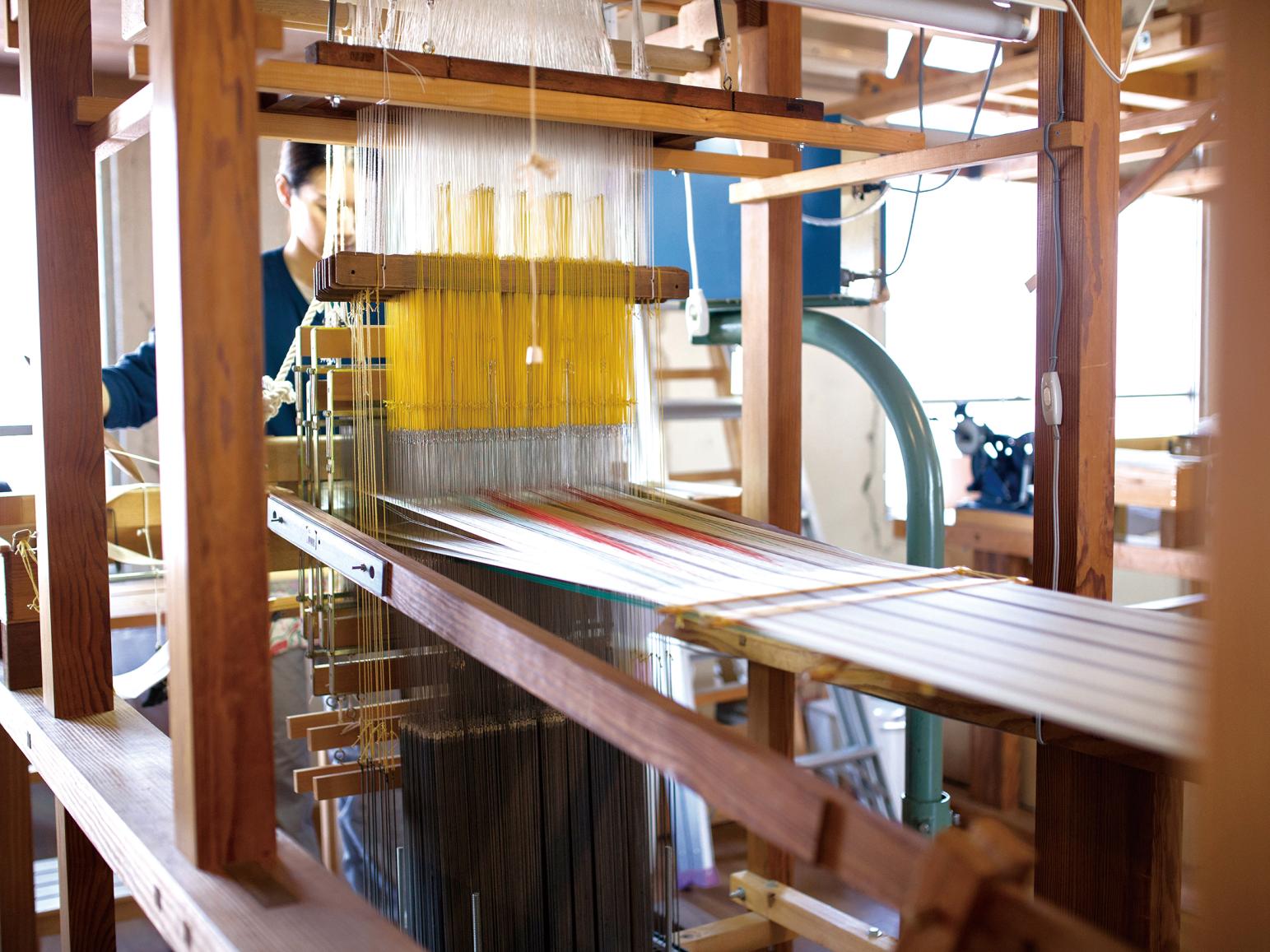
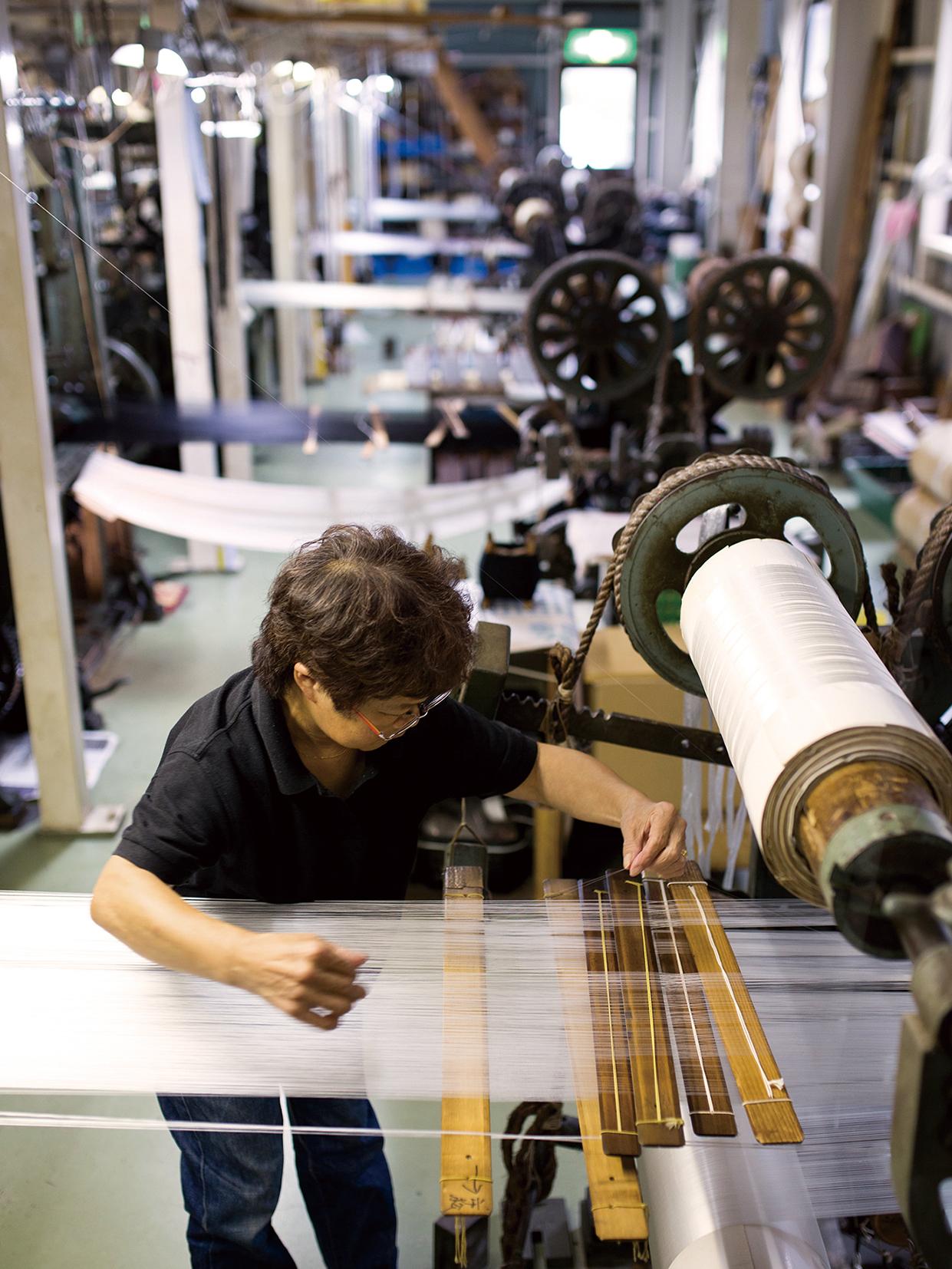
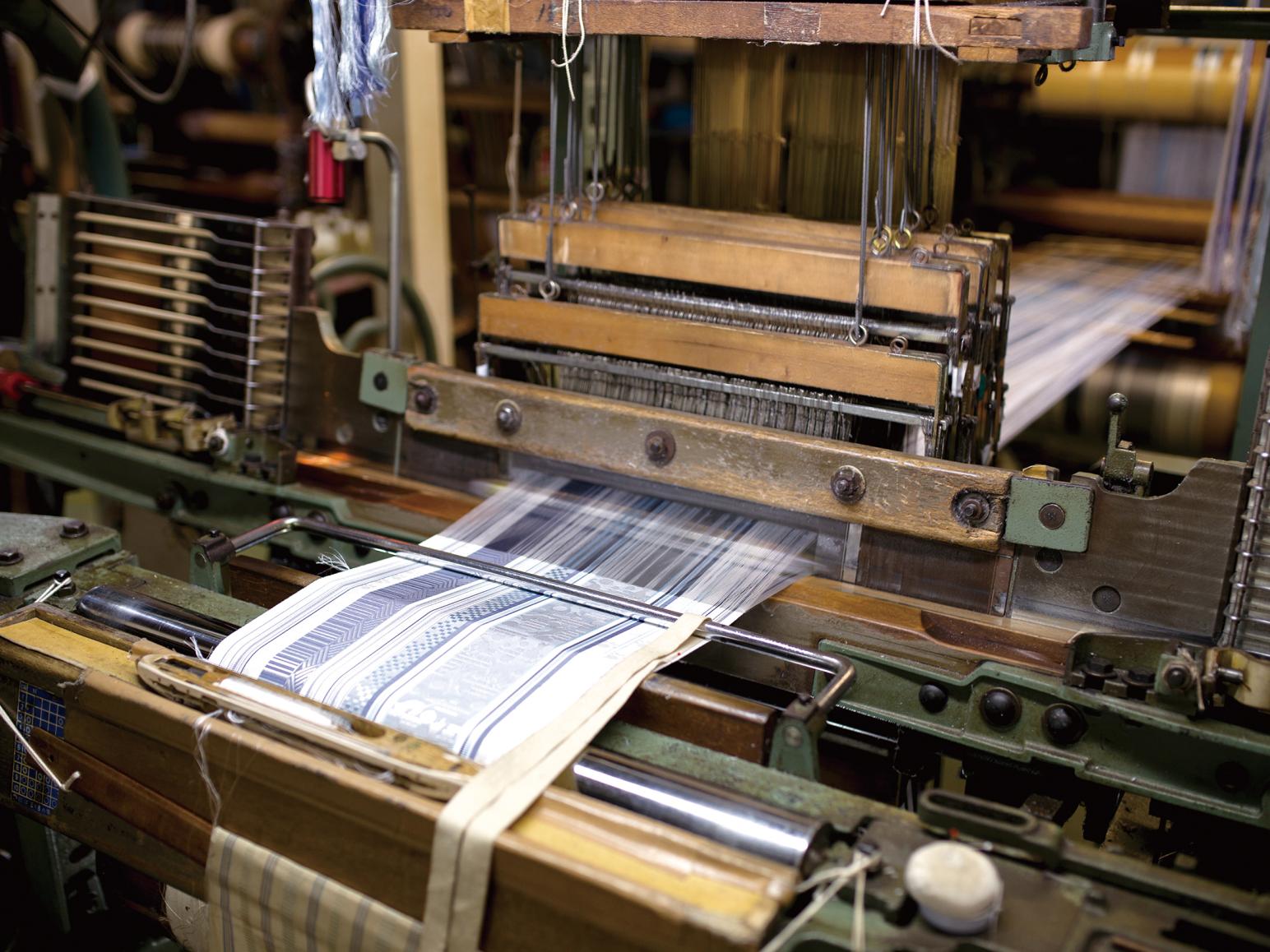
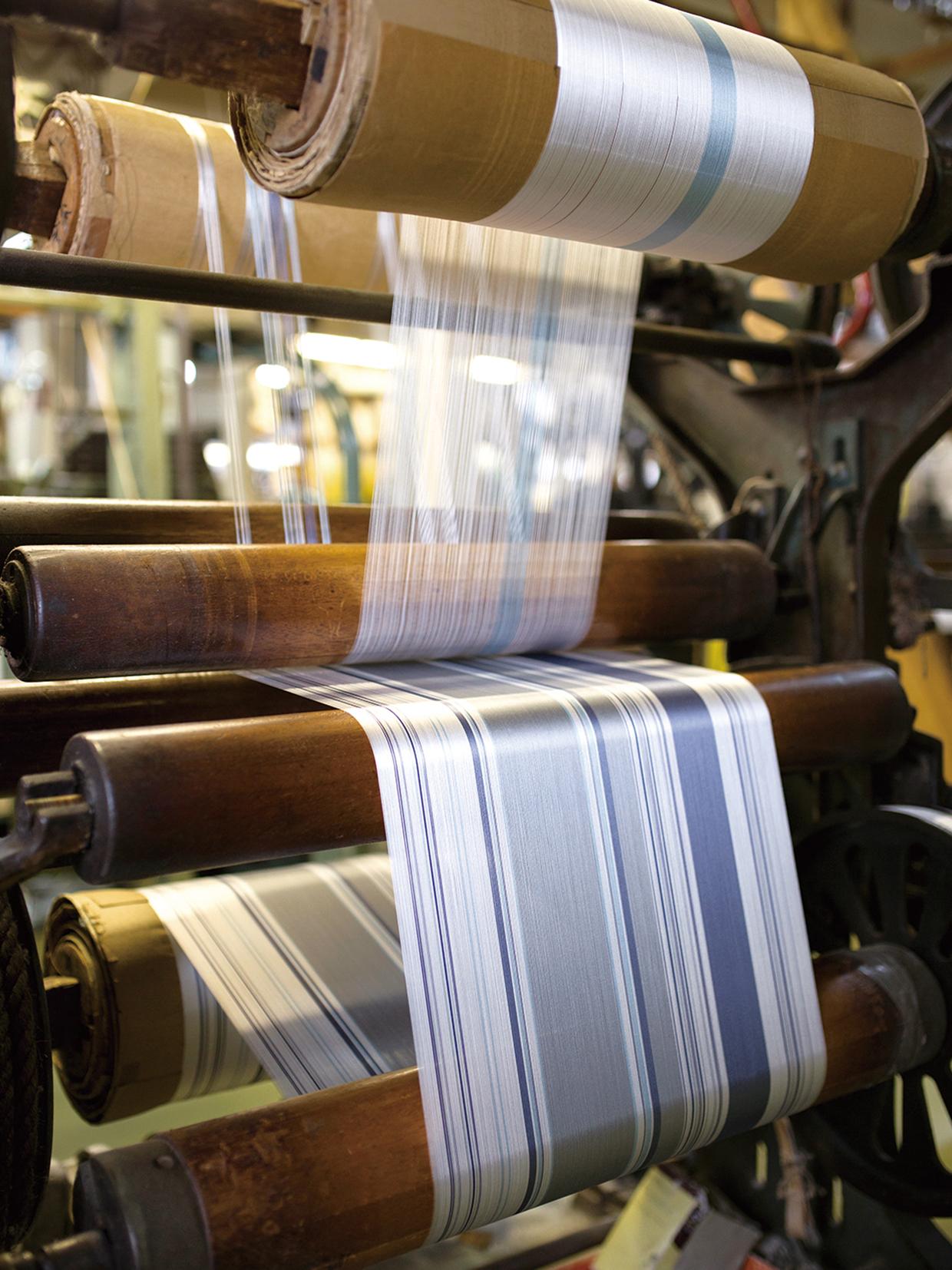
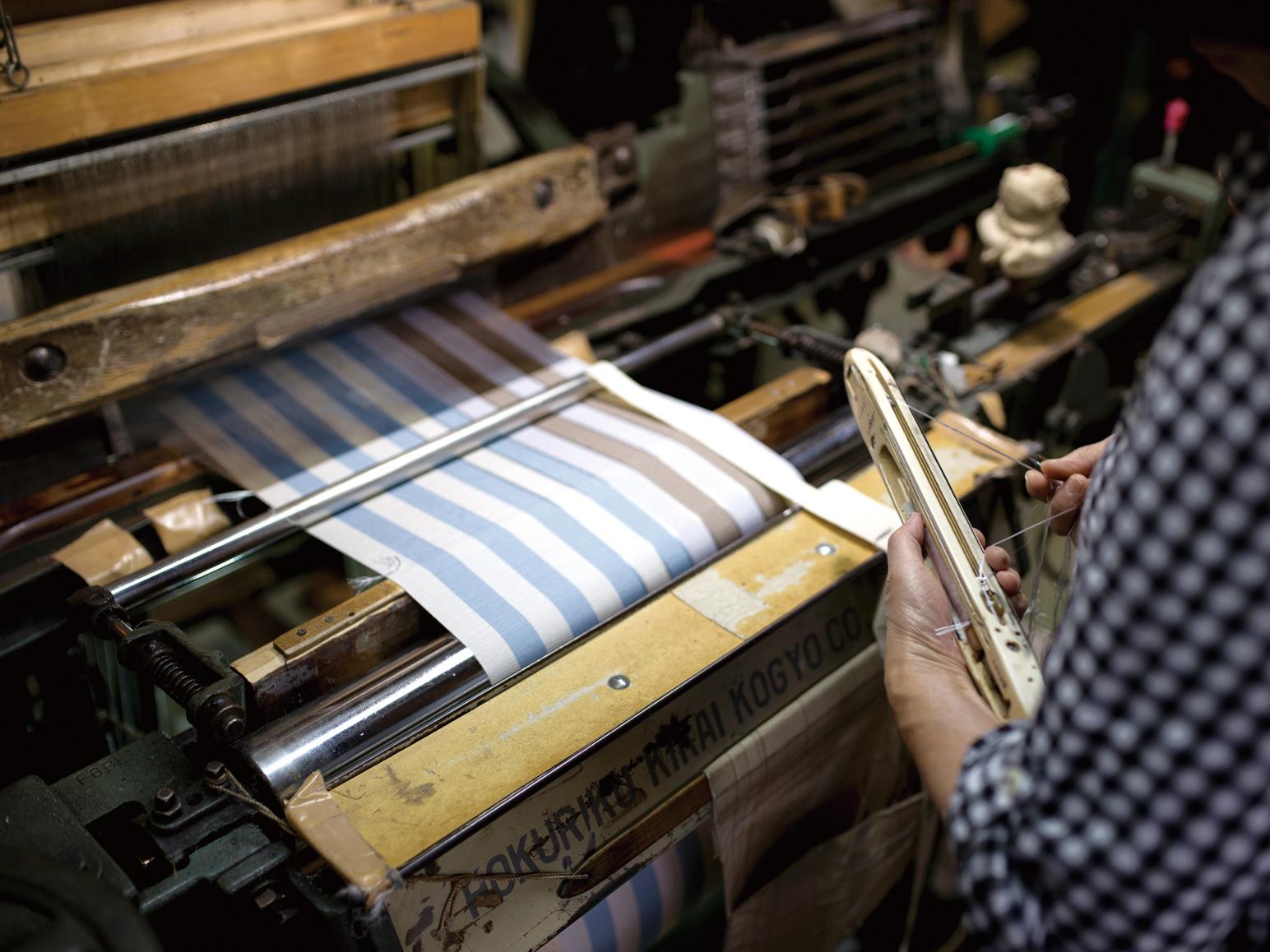
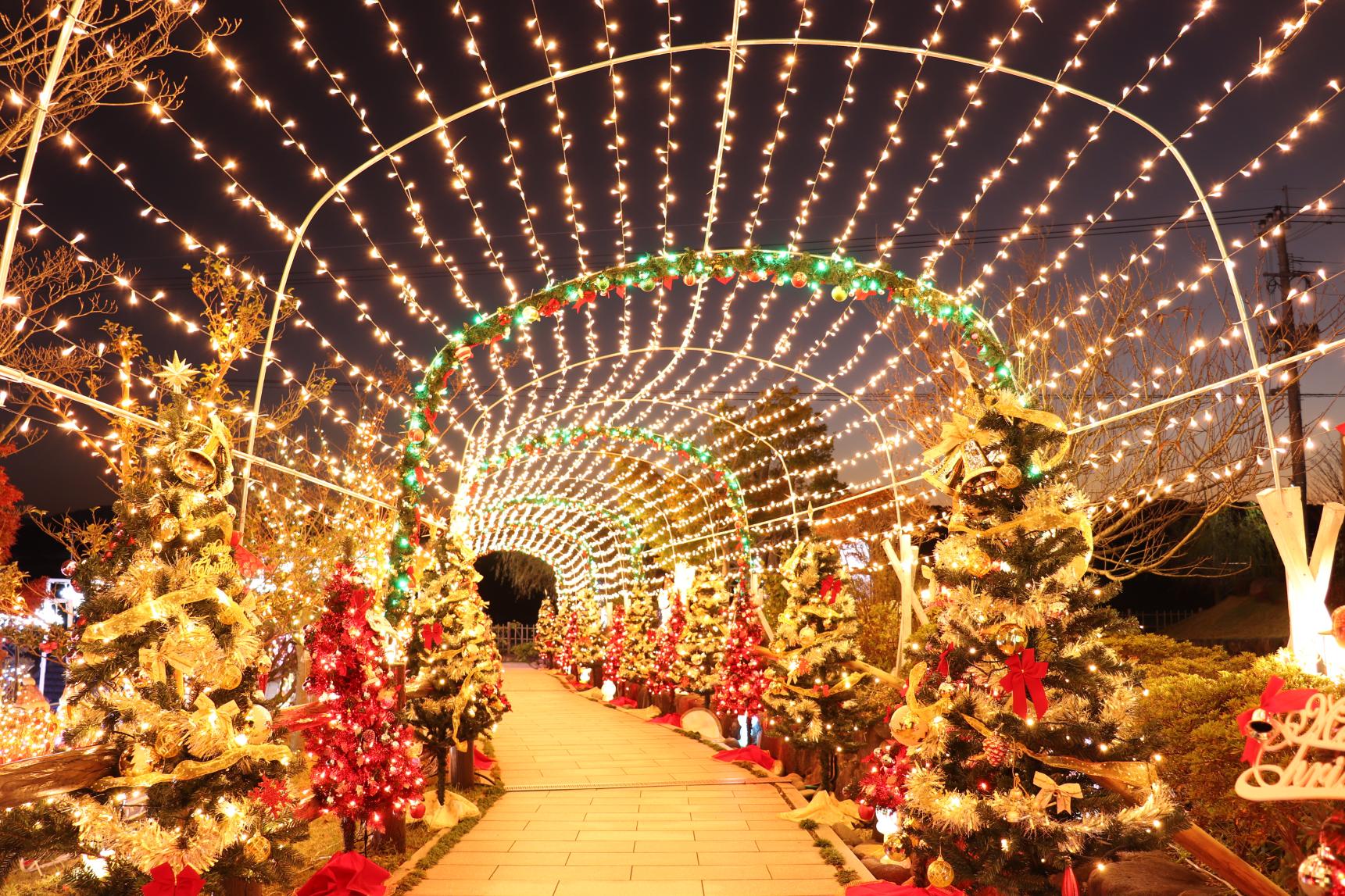
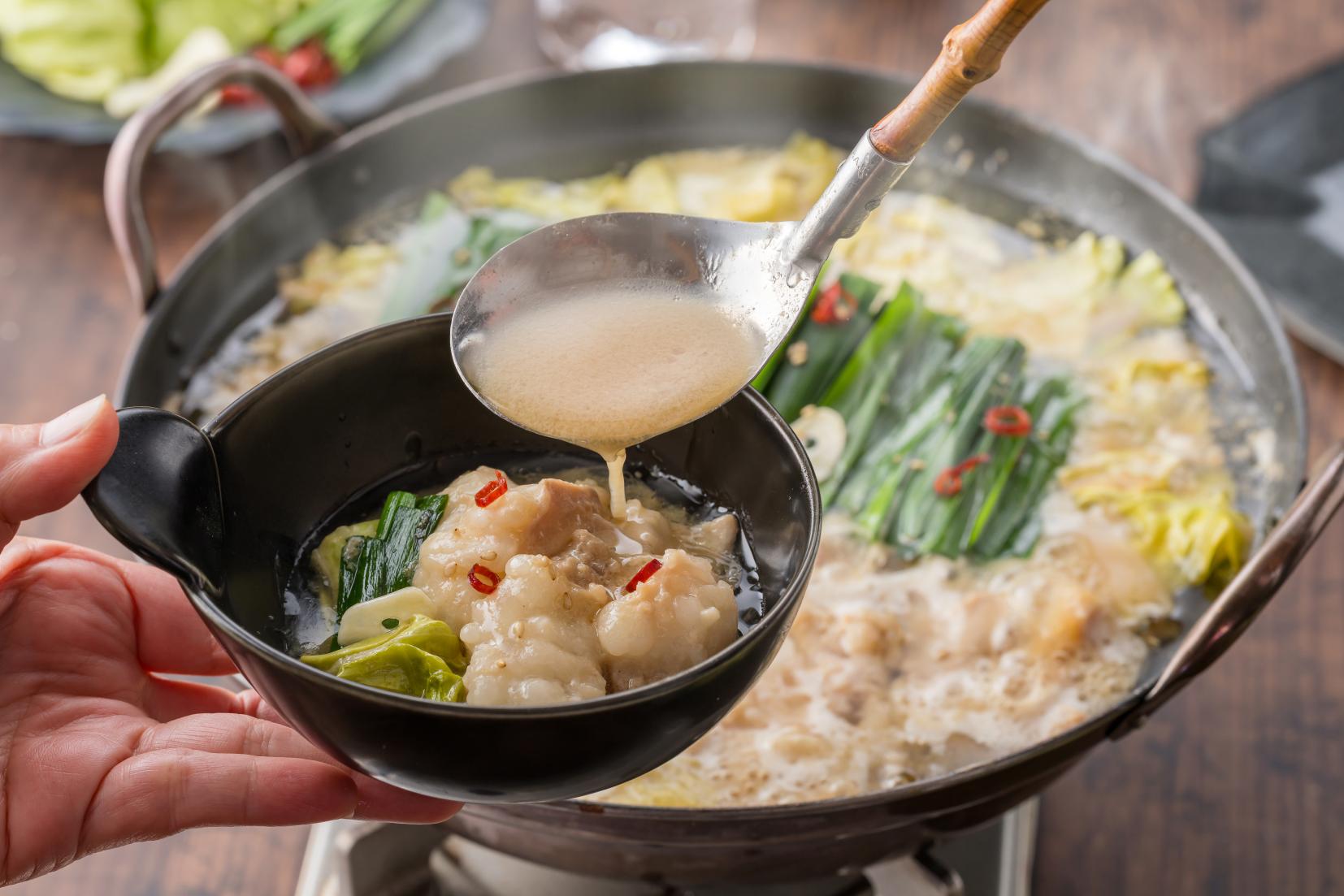

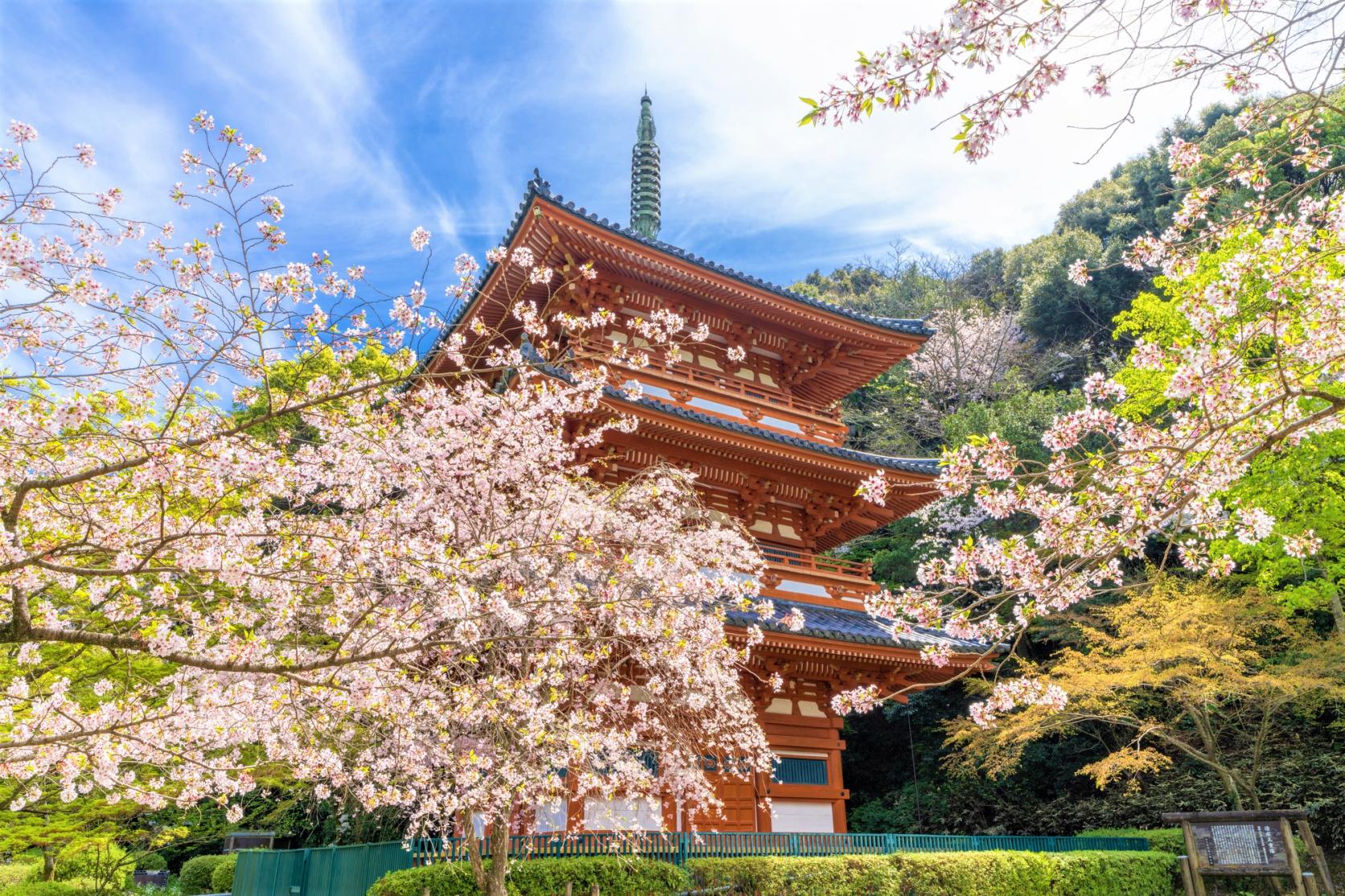
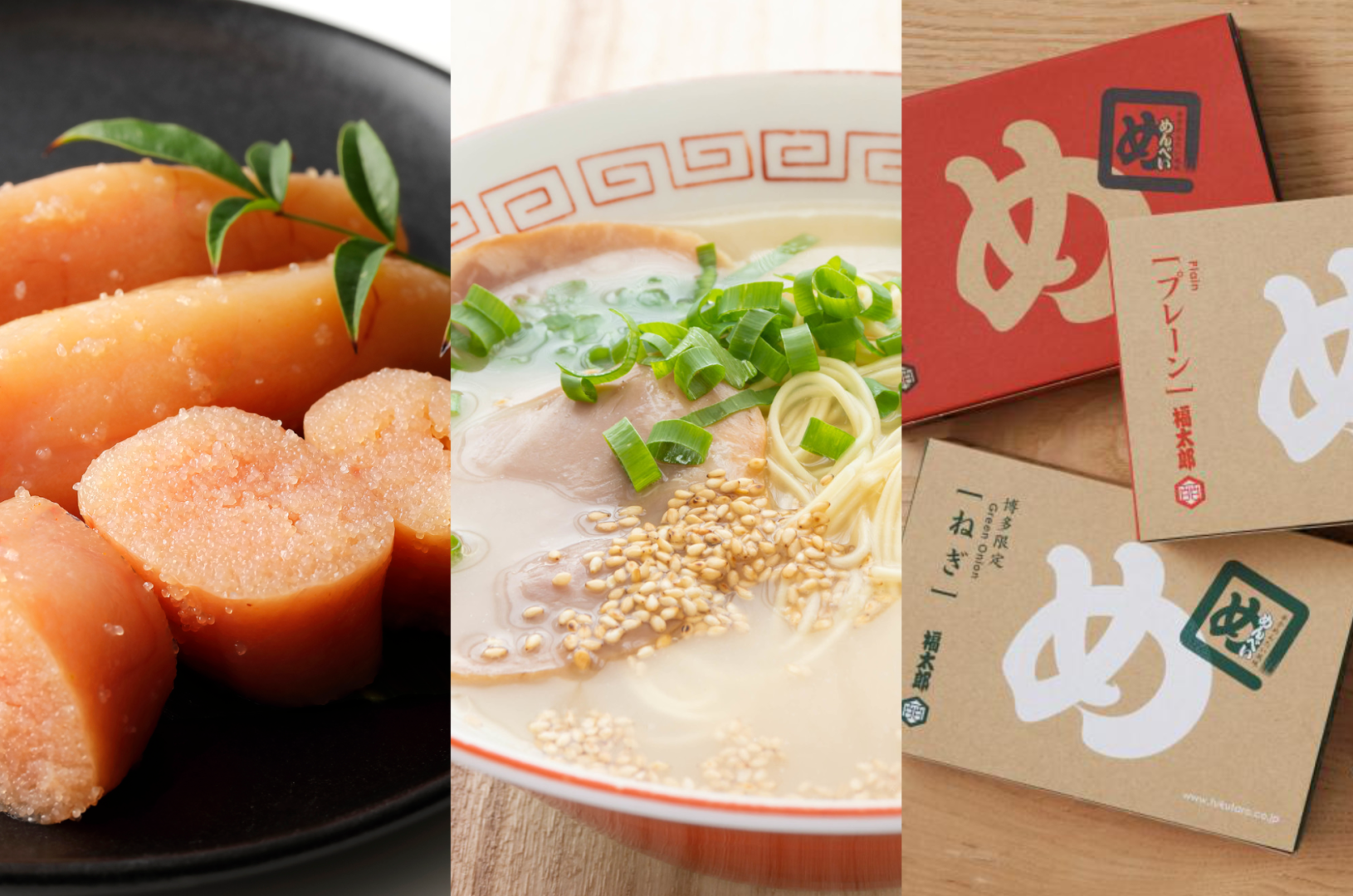
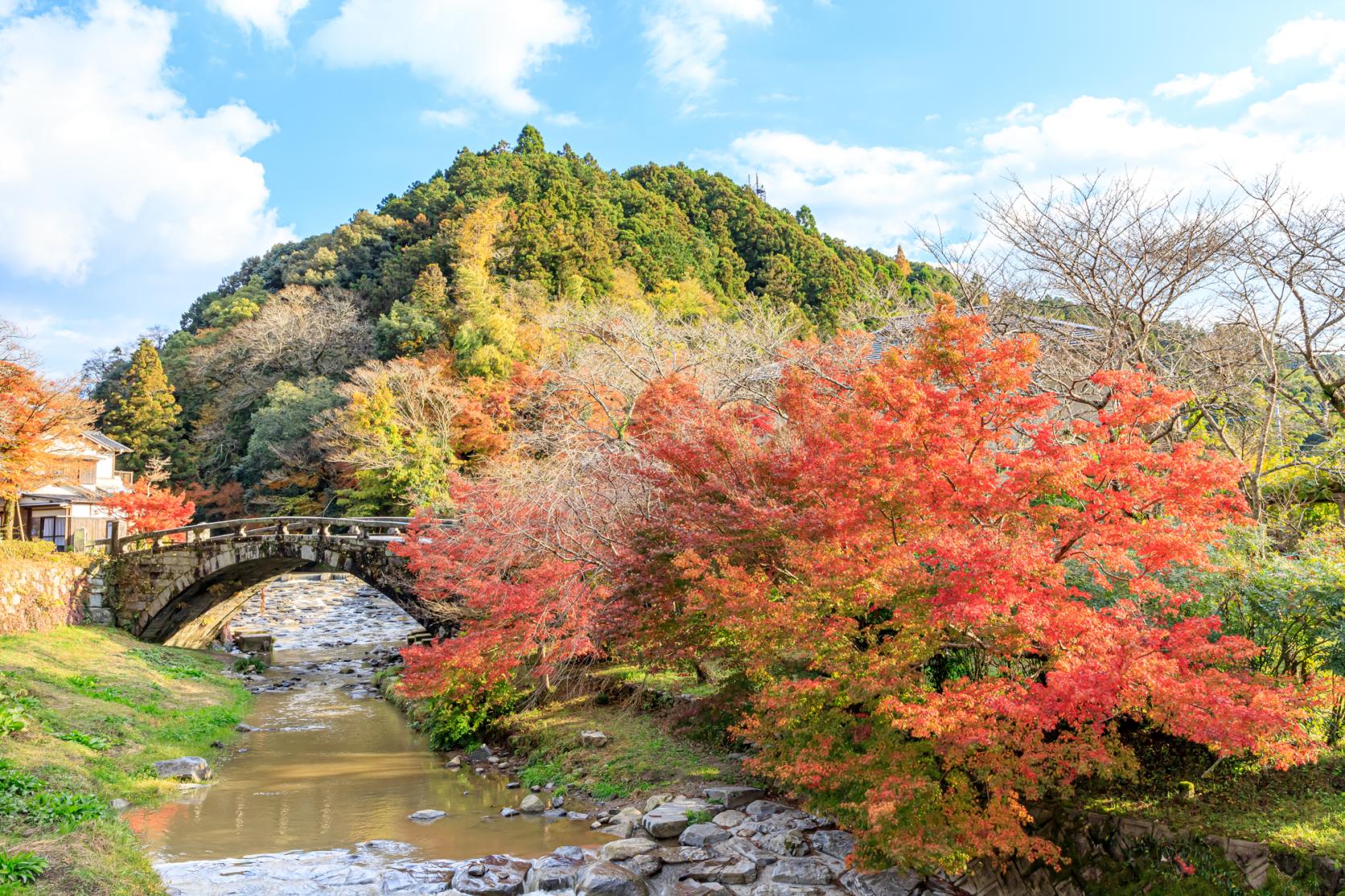

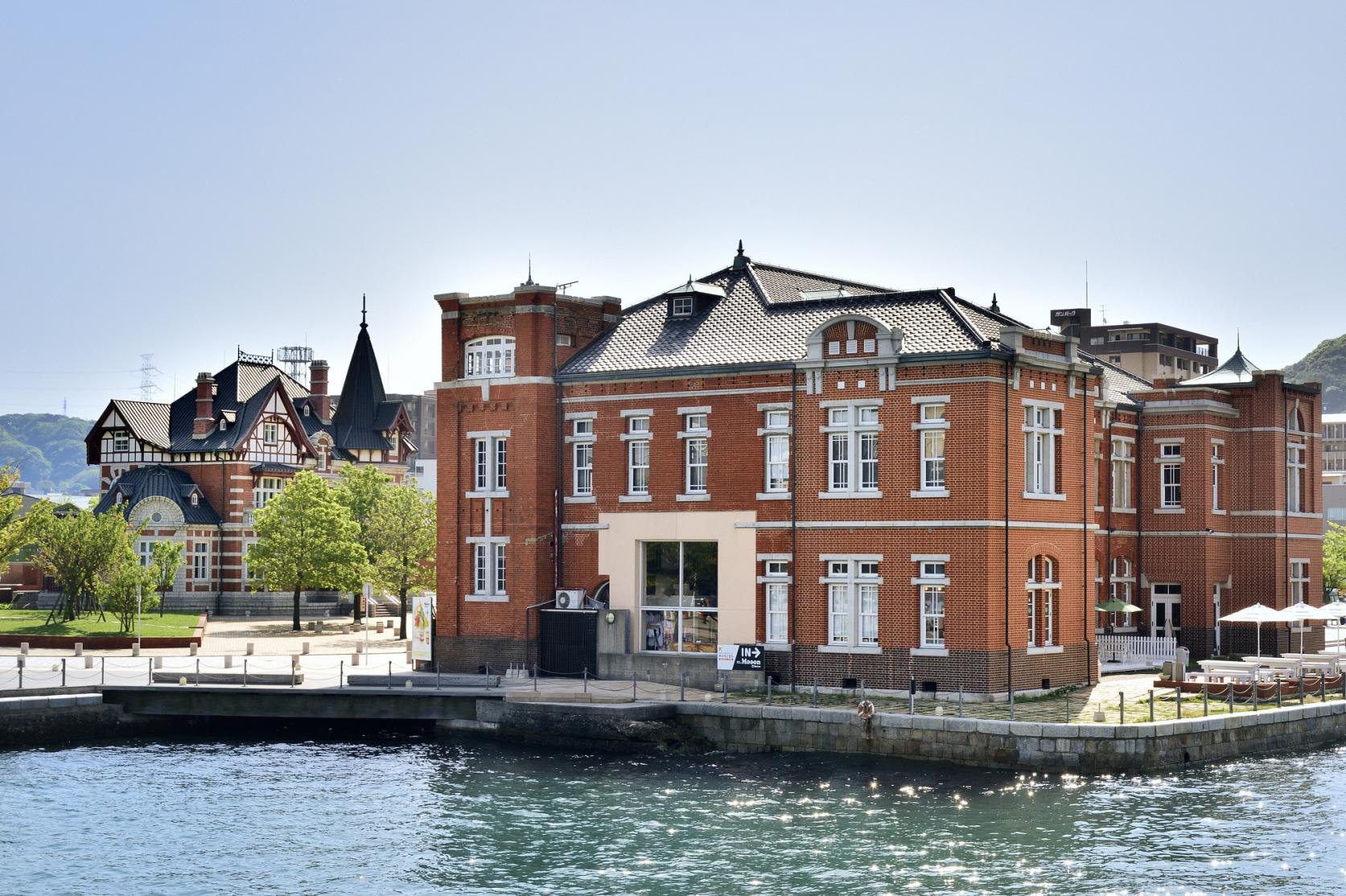
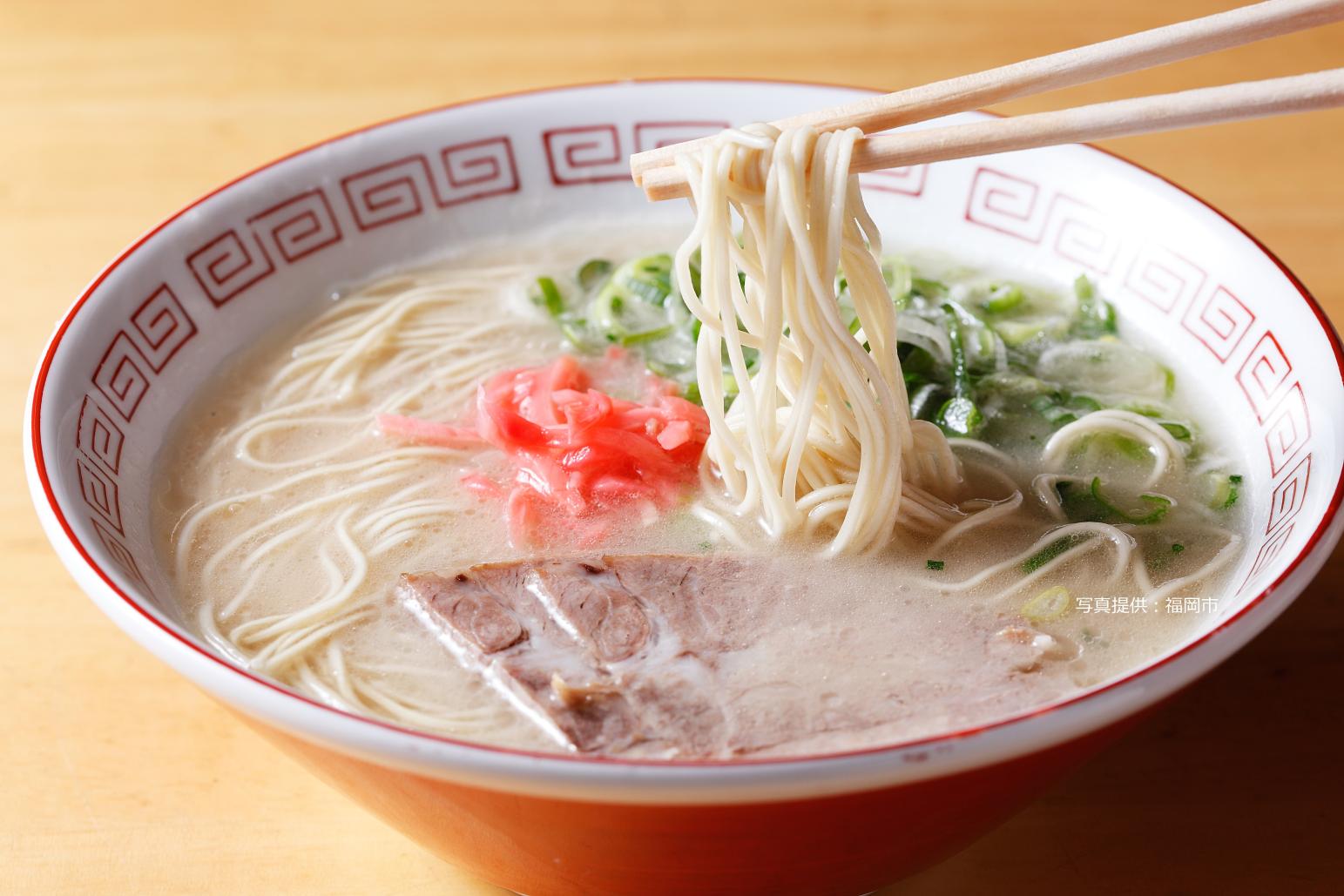
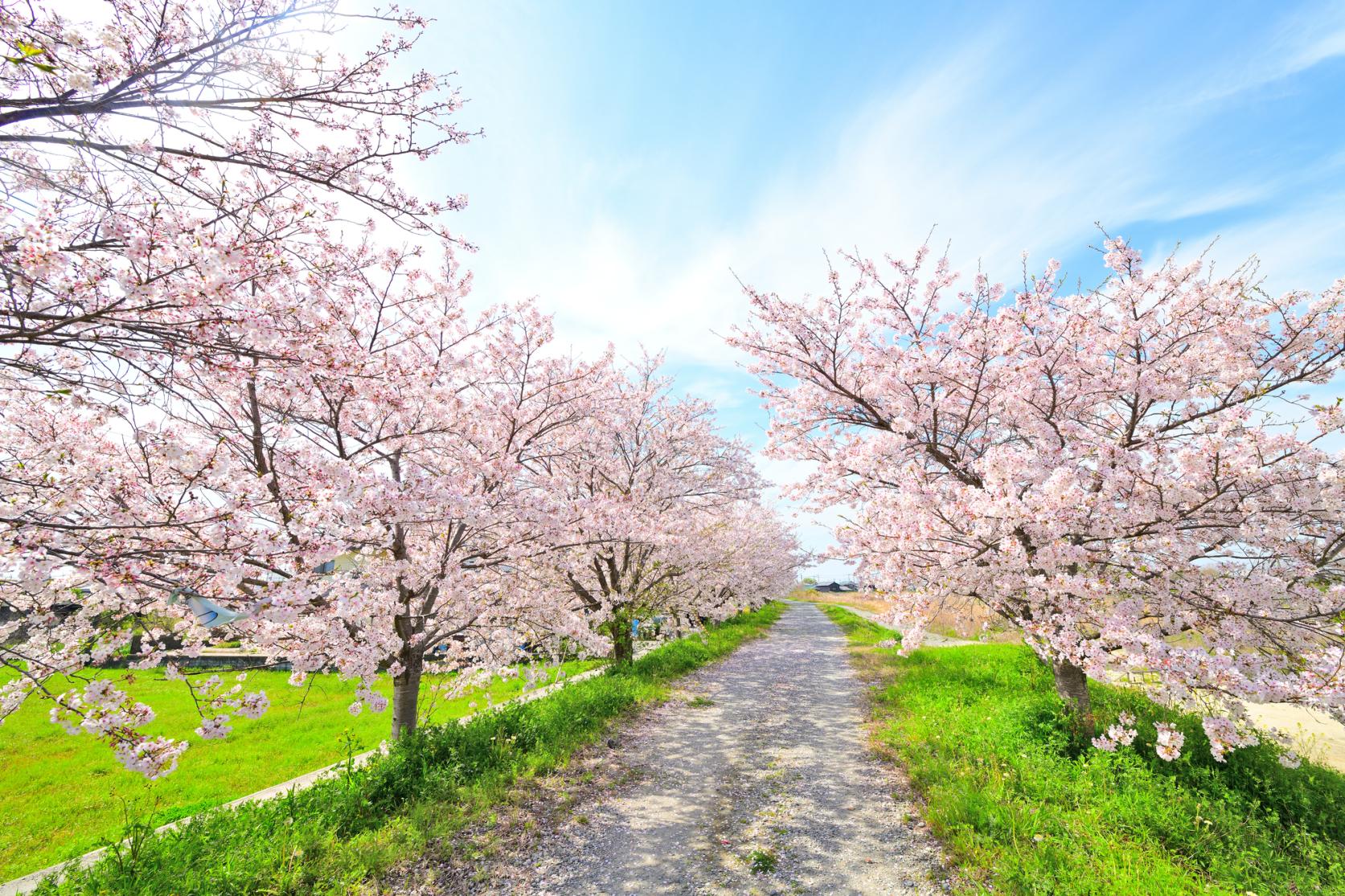
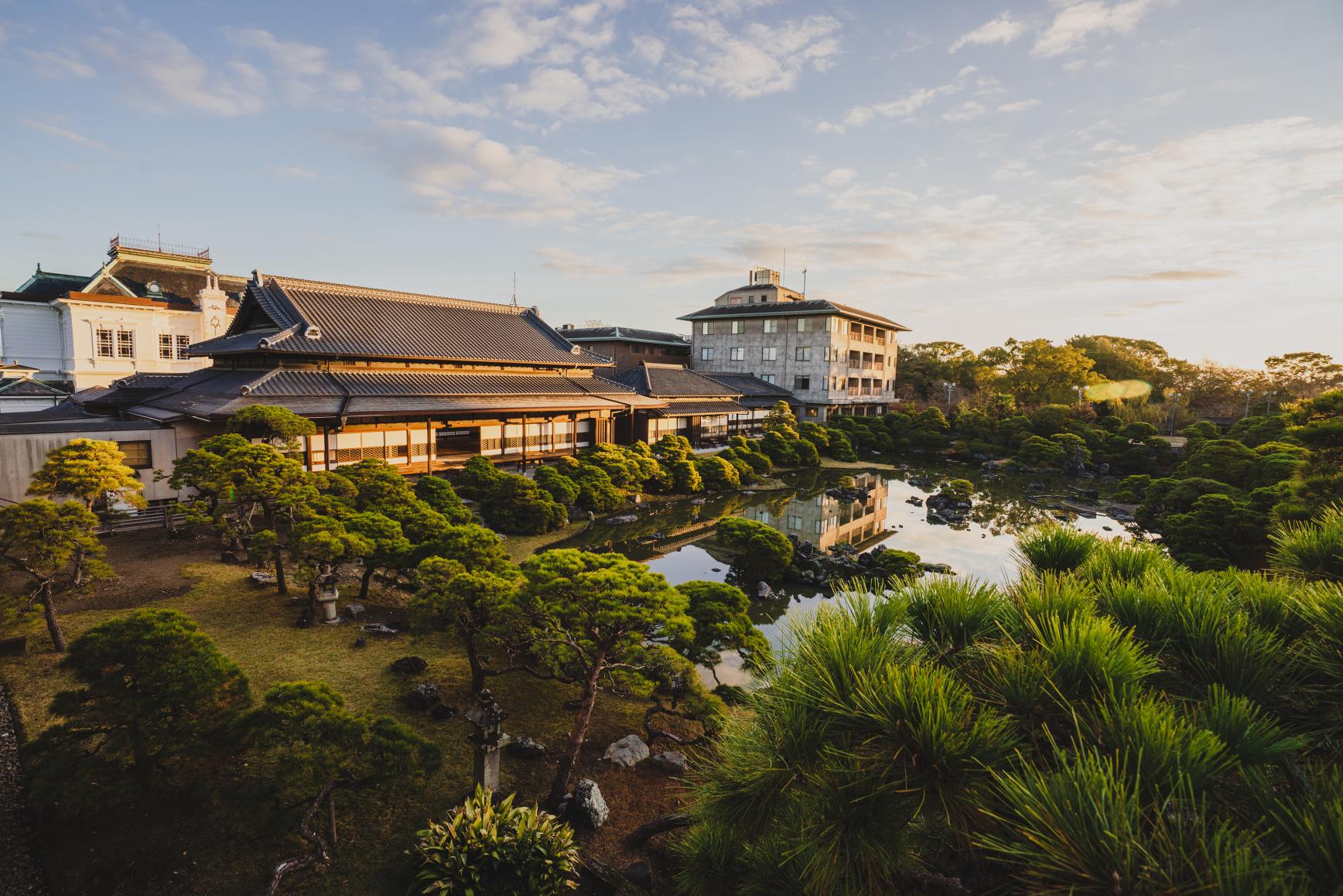
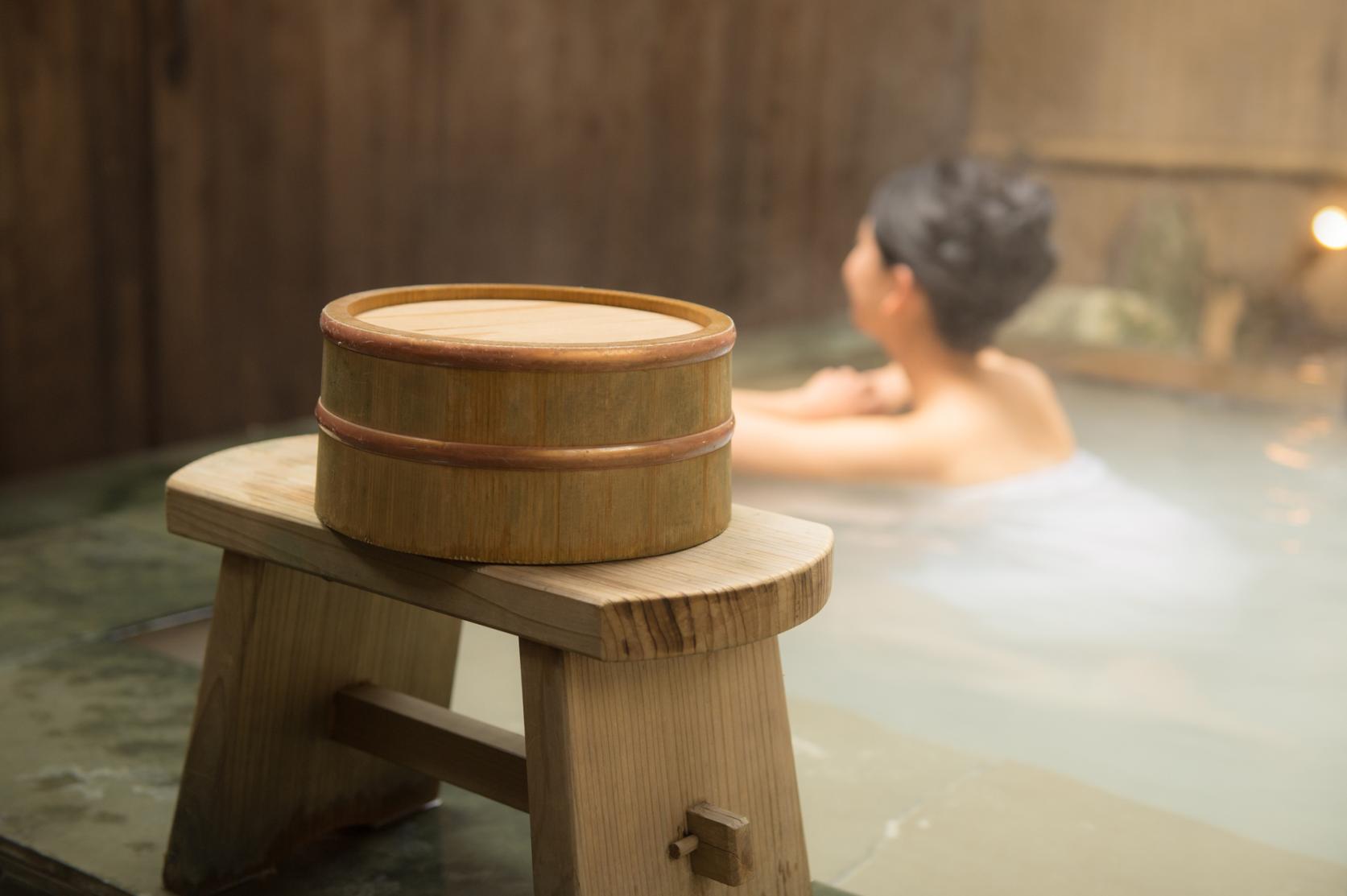
![[2025] Strawberry Picking Spots in Fukuoka-1](https://www.crossroadfukuoka.jp/storage/special_features/49/responsive_images/9ZHgrqvQdpH8tM4IRF54DXu0aPBF3YGGkj5WOTGc__1673_1115.jpg)
